Home > Product Installs & Reviews > Product Reviews > Car Subwoofer Reviews > AudioControl Spike & Space Series Subwoofer – Unbox & Review
In this article: I'll unbox and review AudioControl's new lineup of subwoofers side by side – the Spike Series and Space Series. I'll give an overview of all of their core features with closeups, and show you the difference between the two subs.
AudioControl has built a reputation for producing high quality automotive and home audio equipment for decades. I've used their products in a number of installs, including a custom stereo in a Volkswagen GTI, among others. Some of their signal processors are considered best in market! I also reviewed their LC lineup of amplifiers which offer some unique features to integrate an aftermarket amp into your factory system.
In May of this year, AudioControl announced their entry into a few new audio segments that span beyond their current signal processor and amplifier products. Specifically car speakers and car subwoofers. I was able to secure a subwoofer from both of AudioControl's new lineups – the Space Series and Spike Series subwoofers – and in this article, I'll give you a closeup of those products, their core features and a bit of a comparison between the two.
Recent Reviews & Articles
Unboxing the Spike & Space Series Subs
Today I'll be reviewing two 10″ subwoofers – the SPK-10S2 and the SPC-10S2.
The Spike series (SPK) is AudioControl’s traditional lineup of subs, meaning they are designed to fit in larger spaces with more traditional sized enclosures – both ported and sealed. They are a higher excursion sub on a standard/component sized chassis and motor design.
The Space Series (SPC), on the other hand, is AudioControl's version of a shallow subwoofer. It’s designed for tight quarters – under seats, behind seats, and so on. It has a significantly decreased mounting depth when compared to the Spike series, without sacrificing too much excursion. I'll give you a visual of this after I unbox the two.
Both subs share the same style packaging and components – they almost feel like you're opening up the same sub with the exception of the size of the box (and of course when you see the sub itself). The packaging design is simple and provides some high level info/specs. I particularly liked the sub dimensions on the side of the box to see a true size of the sub depth before even pulling it out of the box.
When opening up the packaging, you're greeted with a comprehensive manual with specs and dimensions for enclosures along with a mounting template. Underneath is the subwoofer, neatly packaged and protected for shipping.
SPK-10S2 Unbox
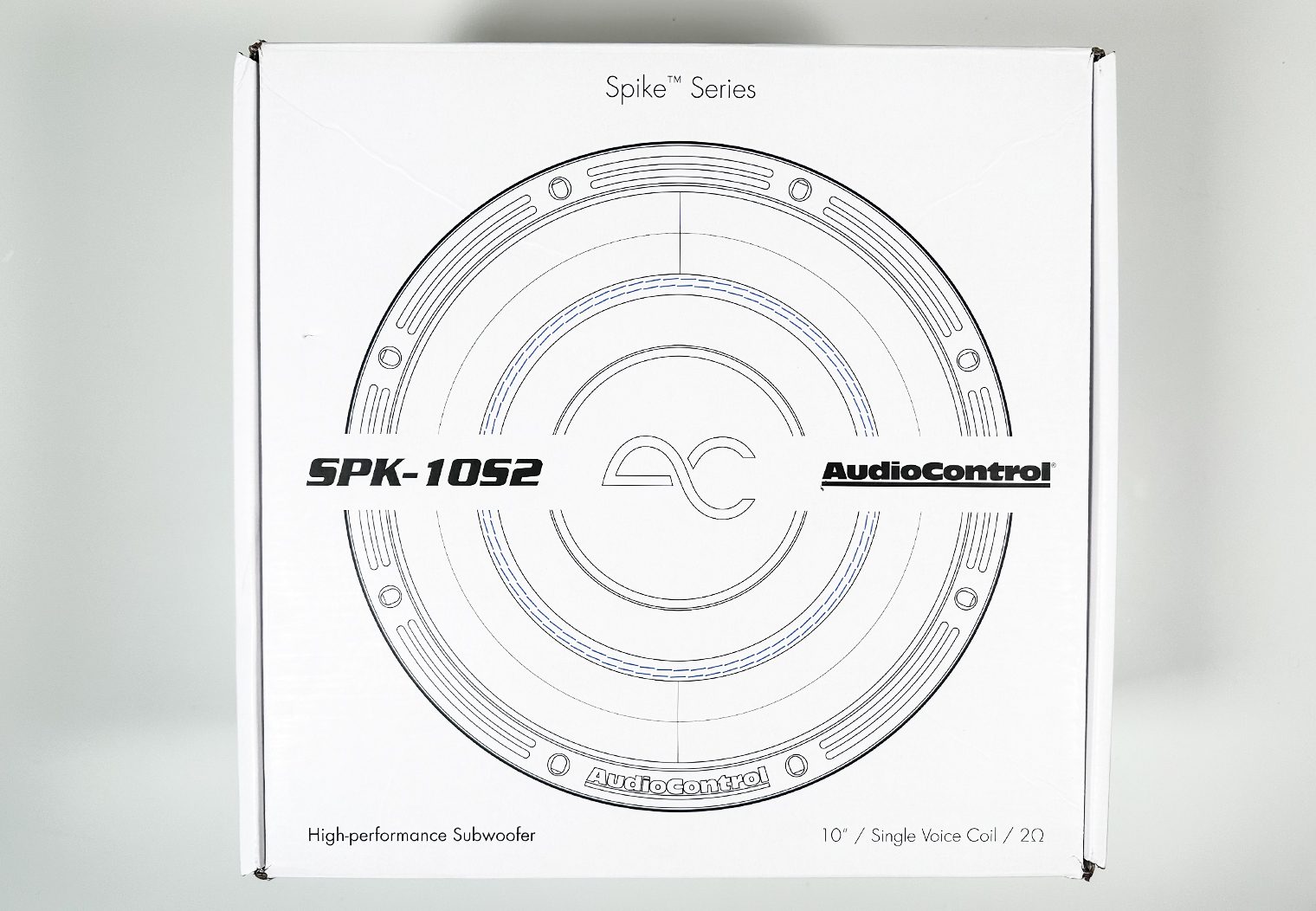
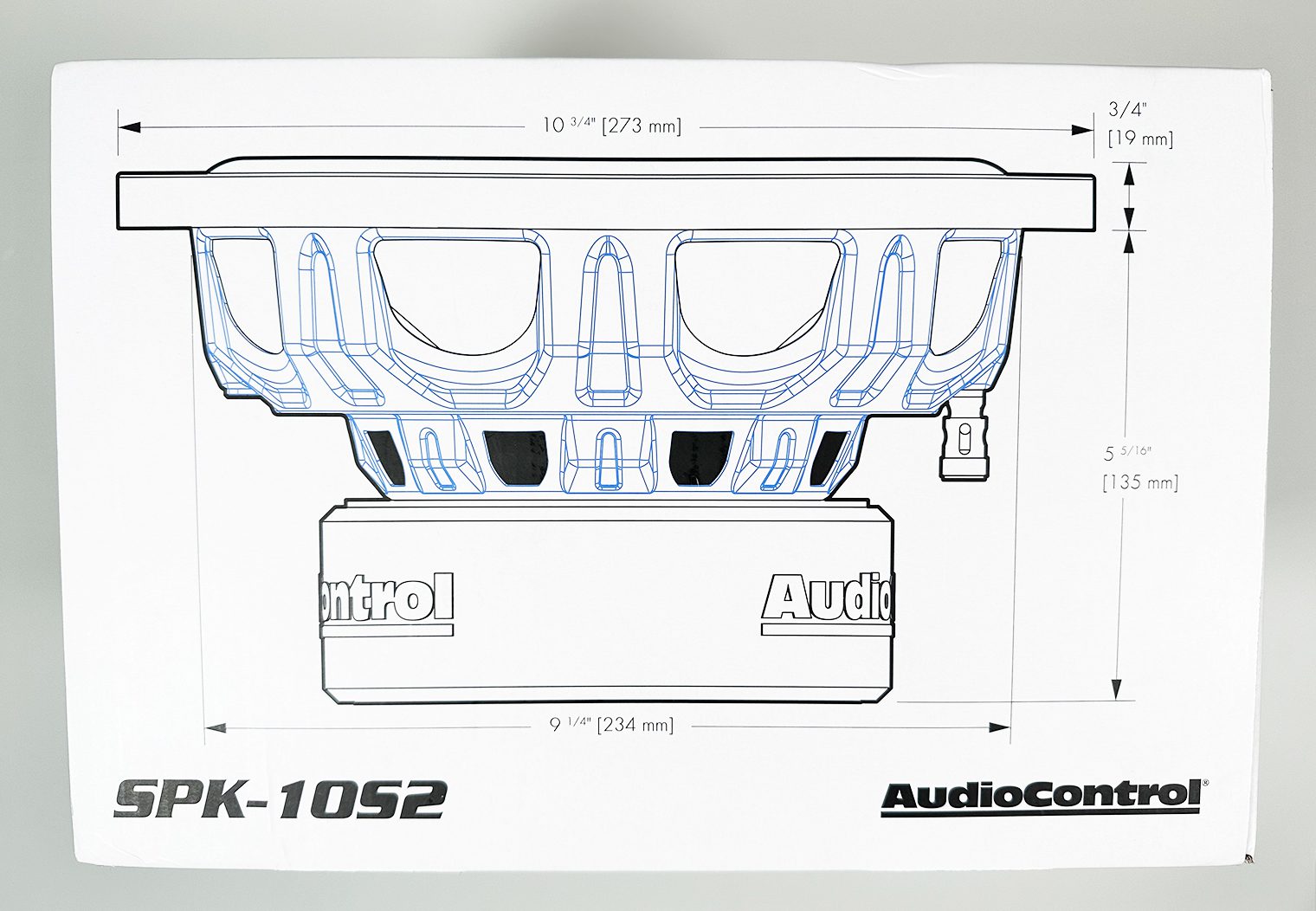
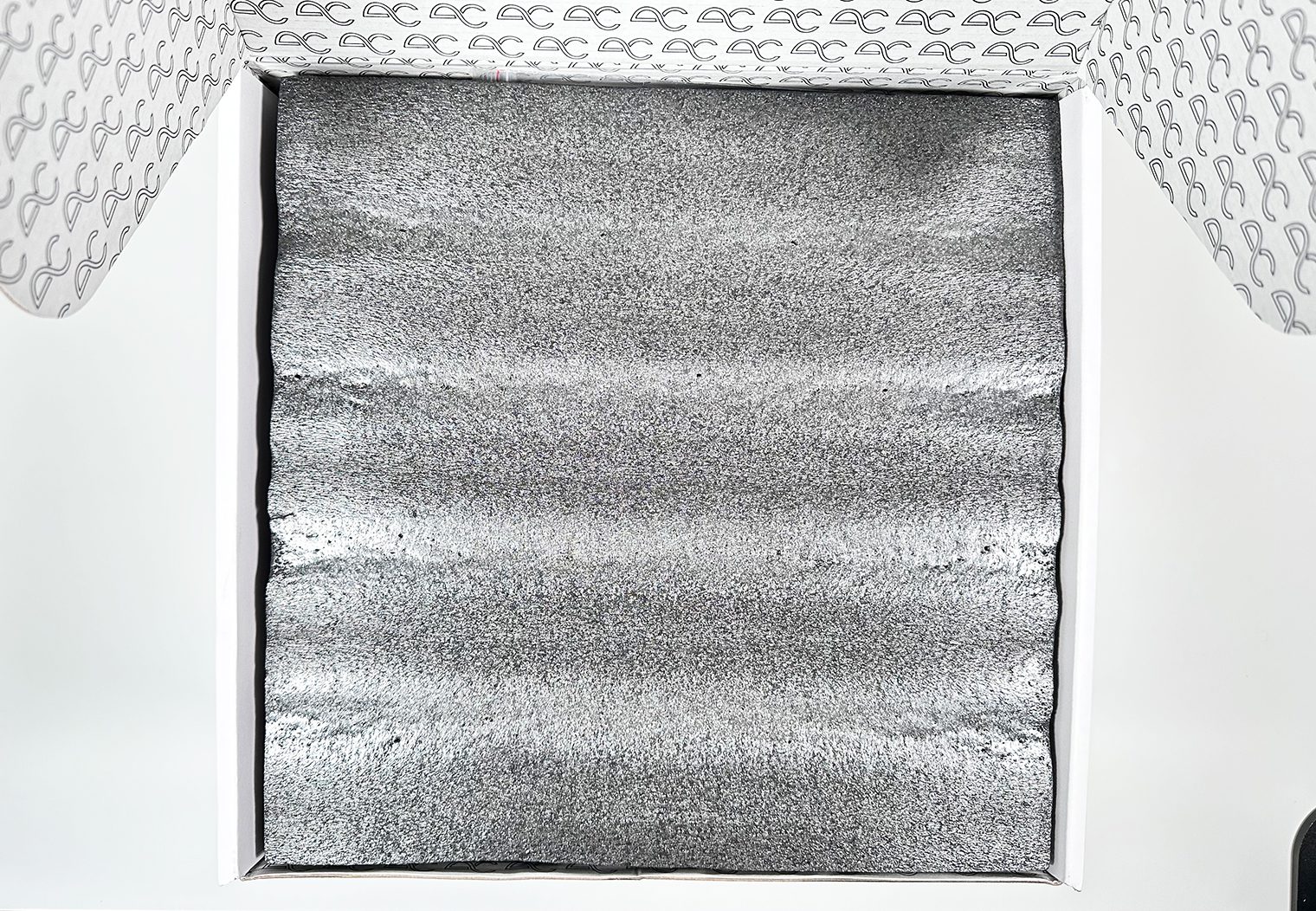
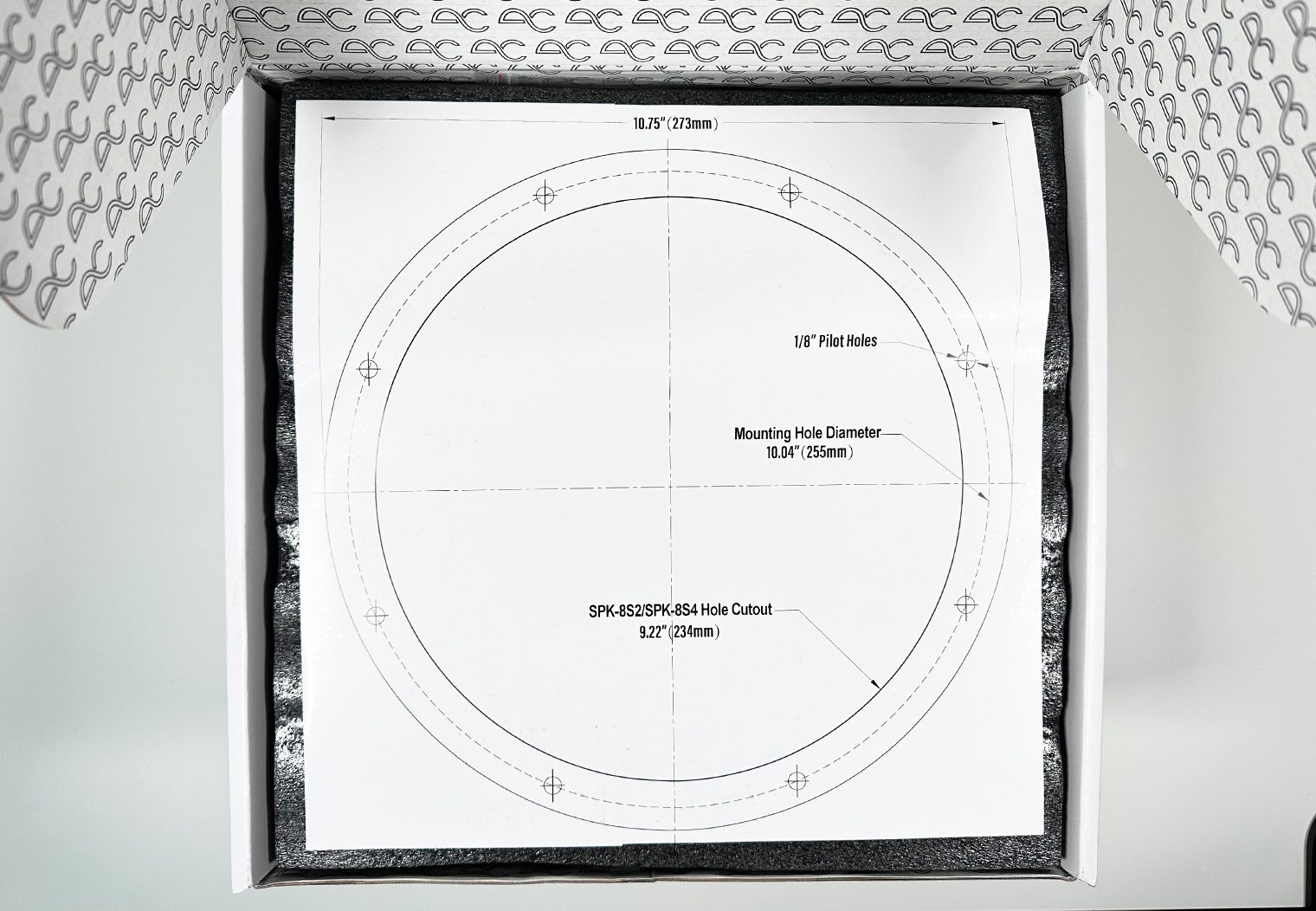
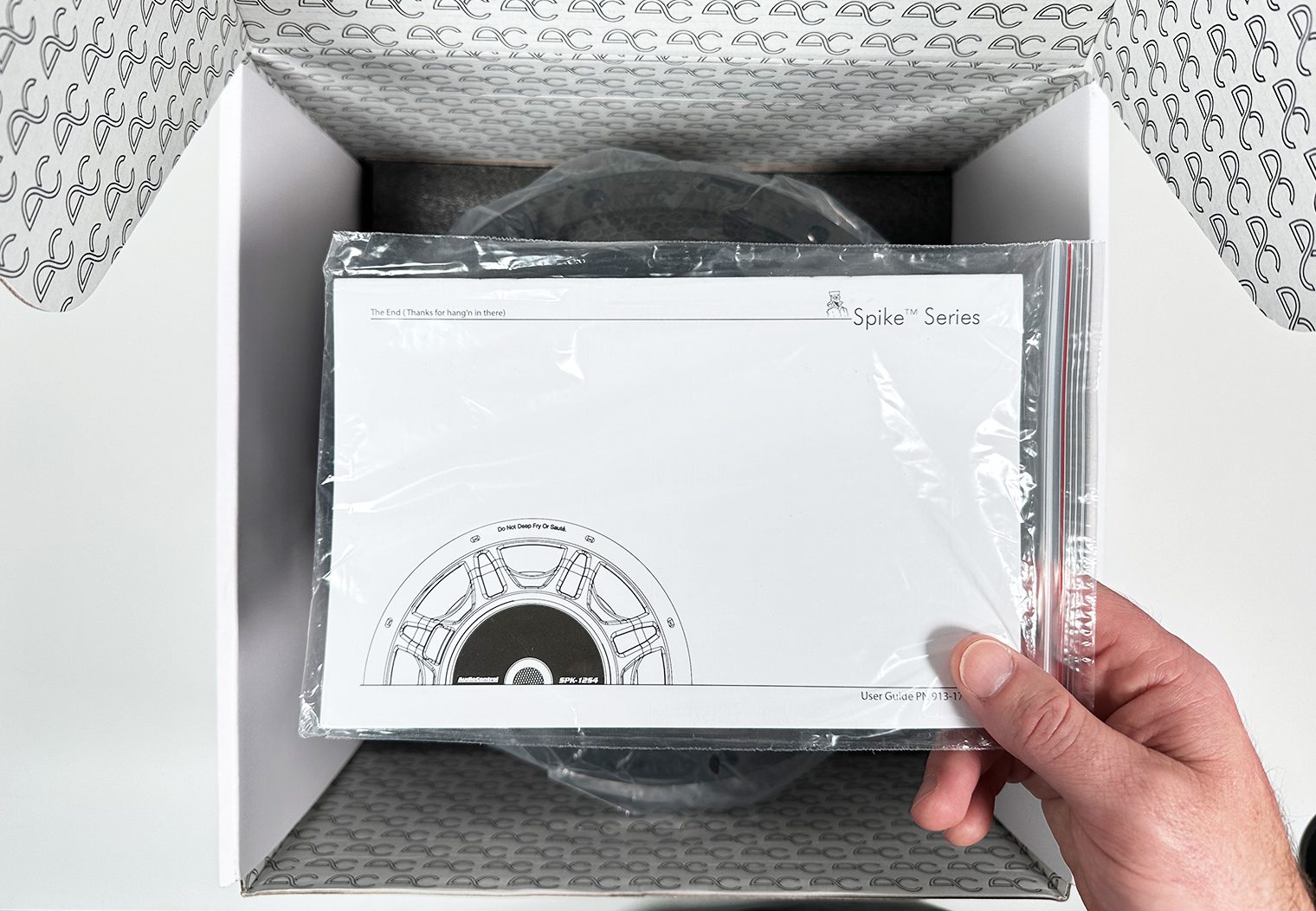
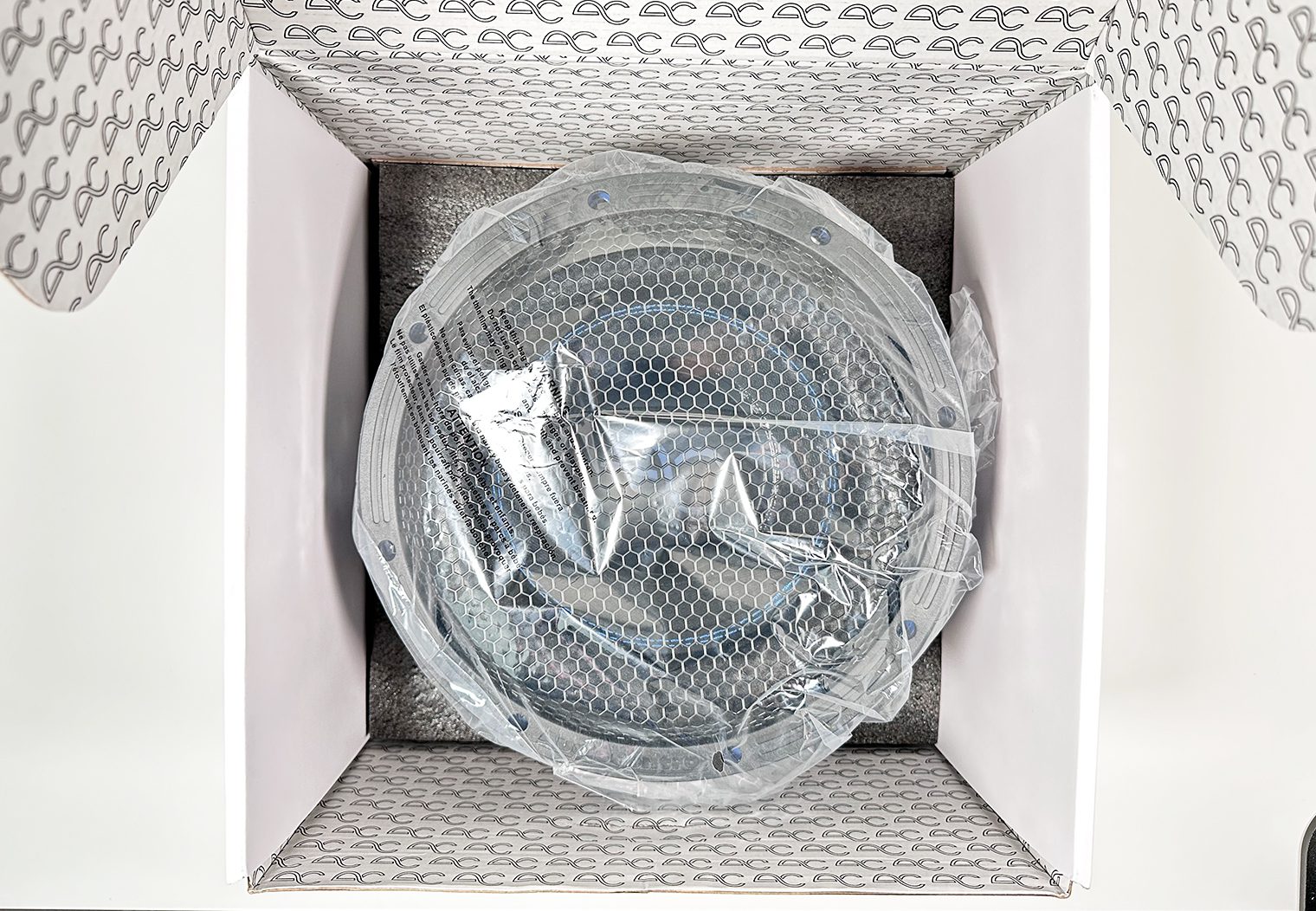
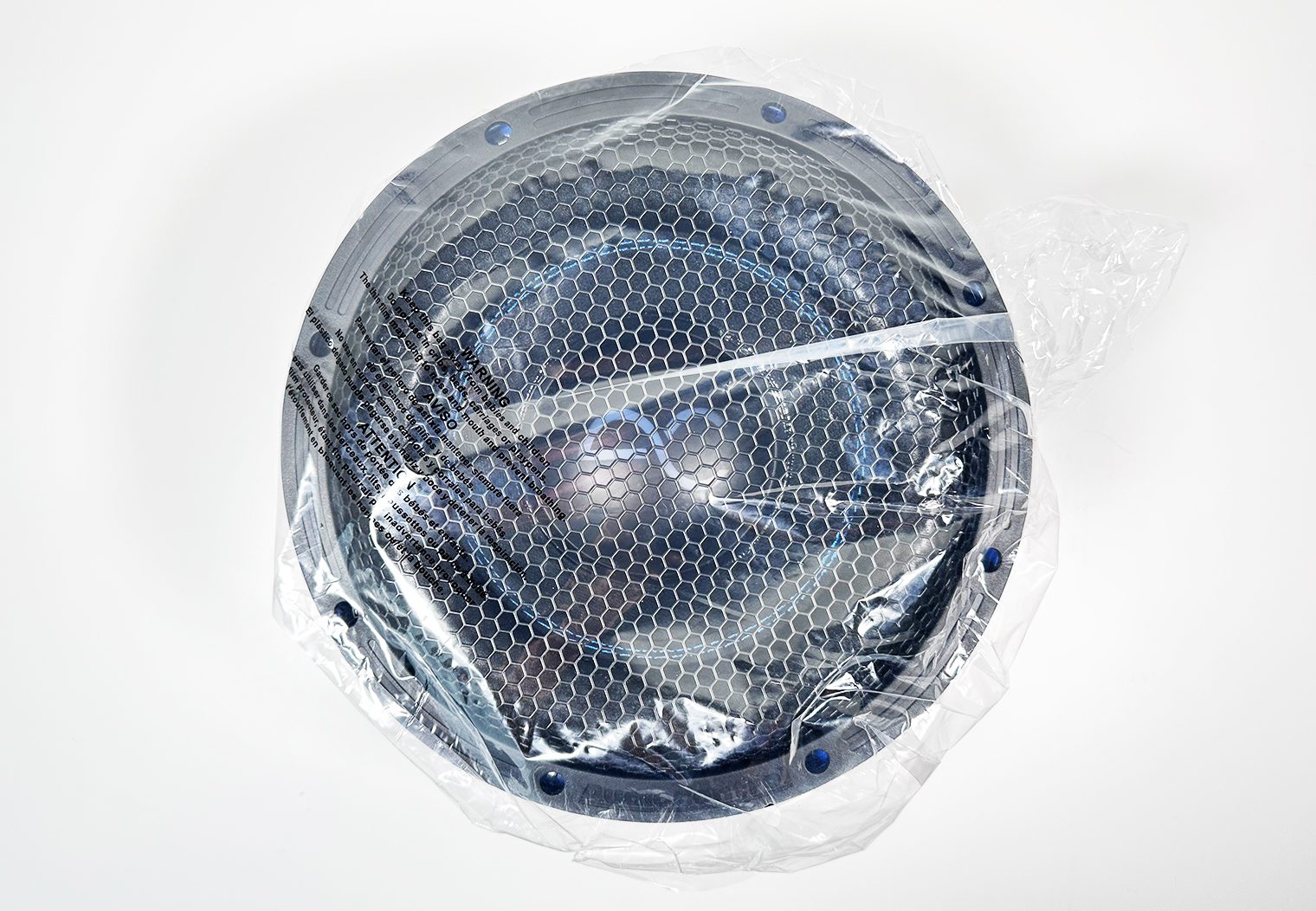
SPC-10S2 Unbox
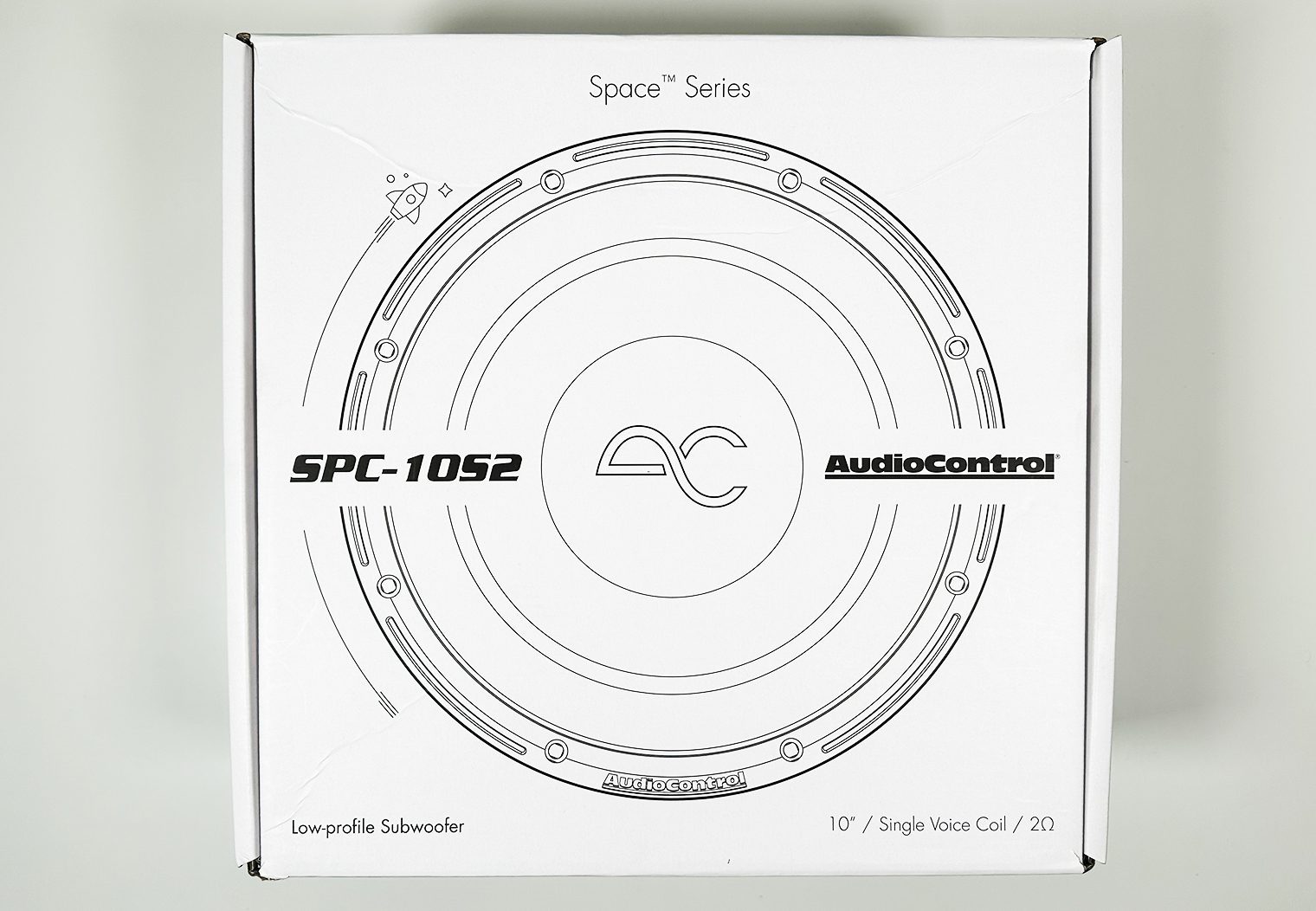
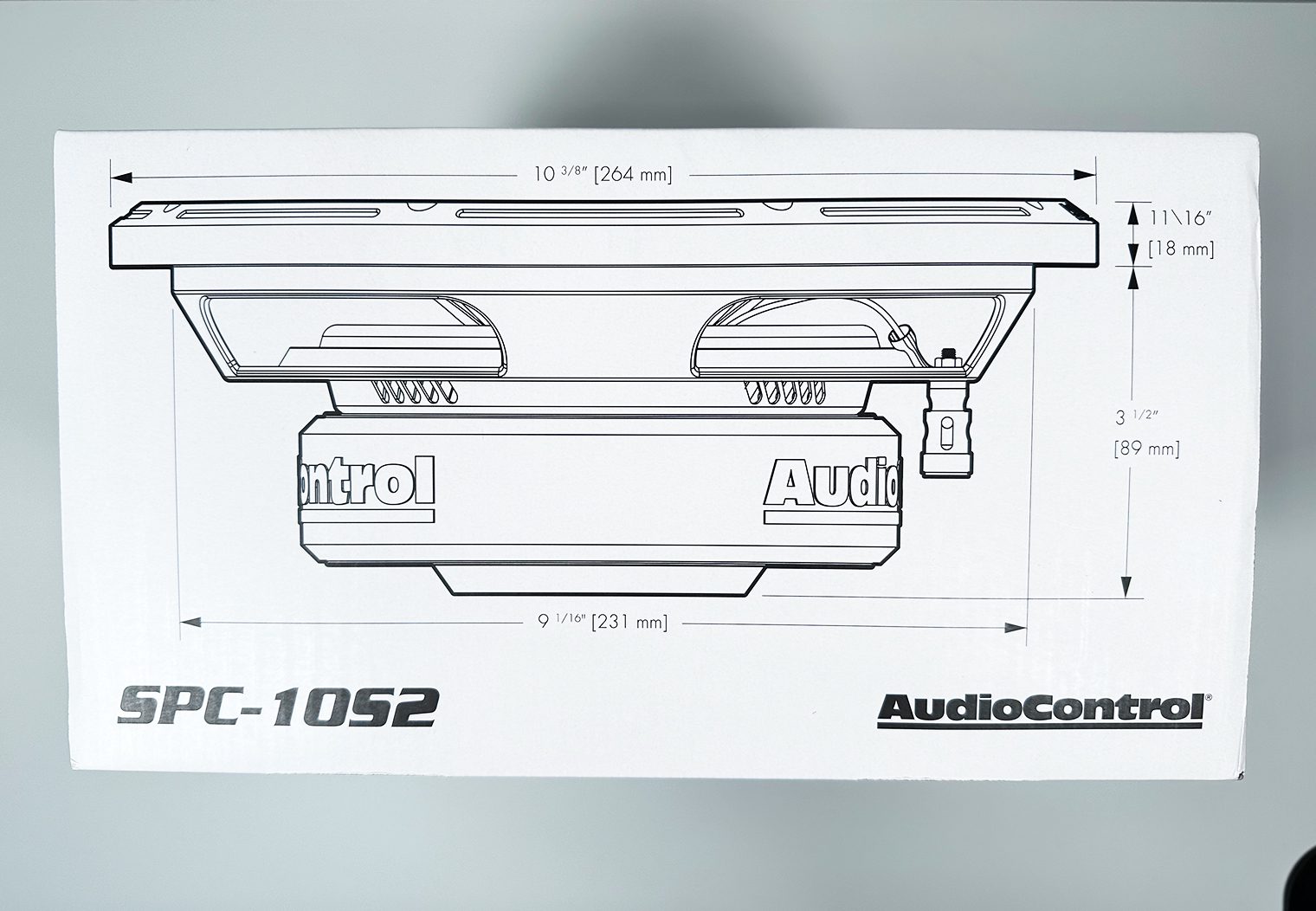
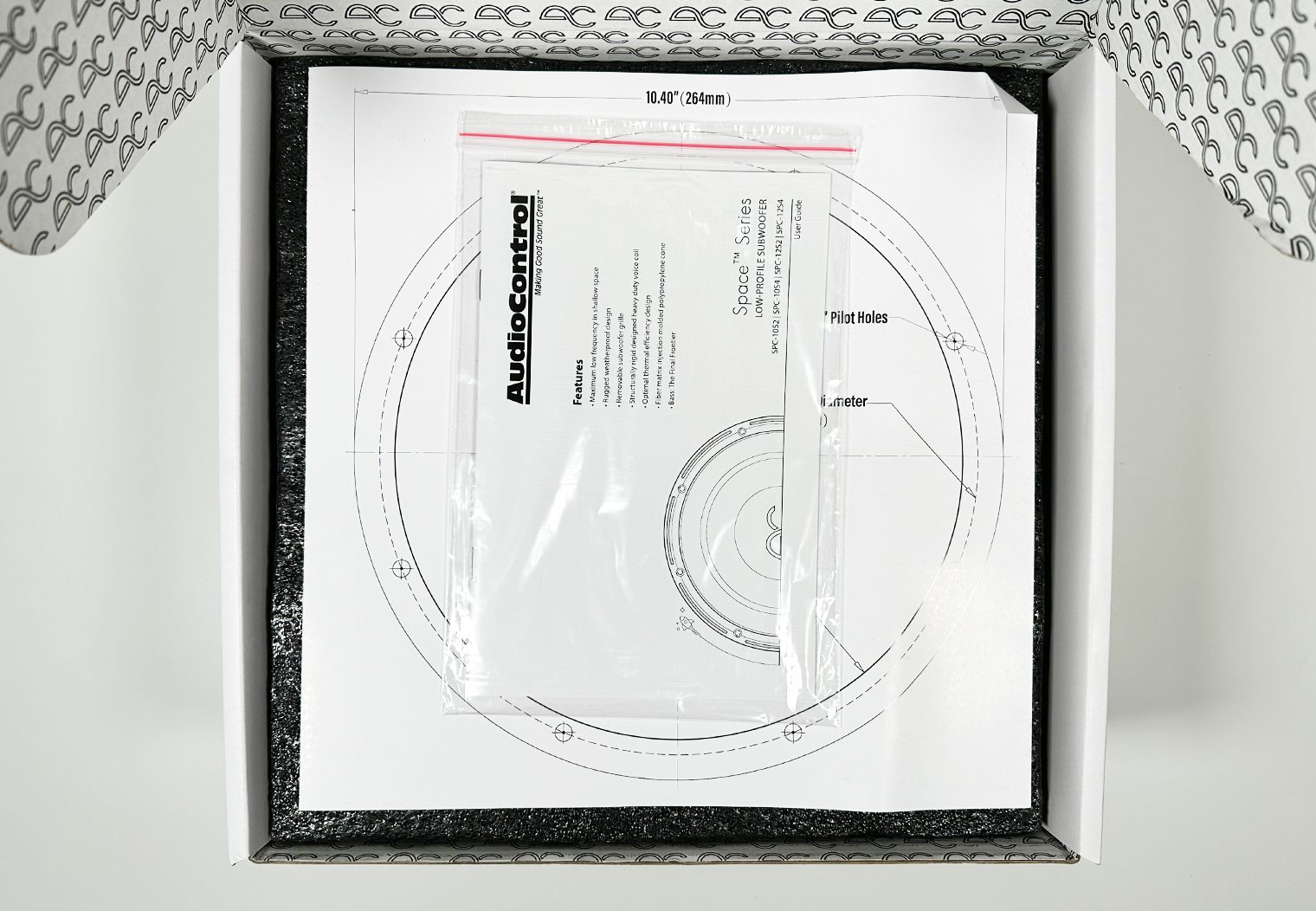
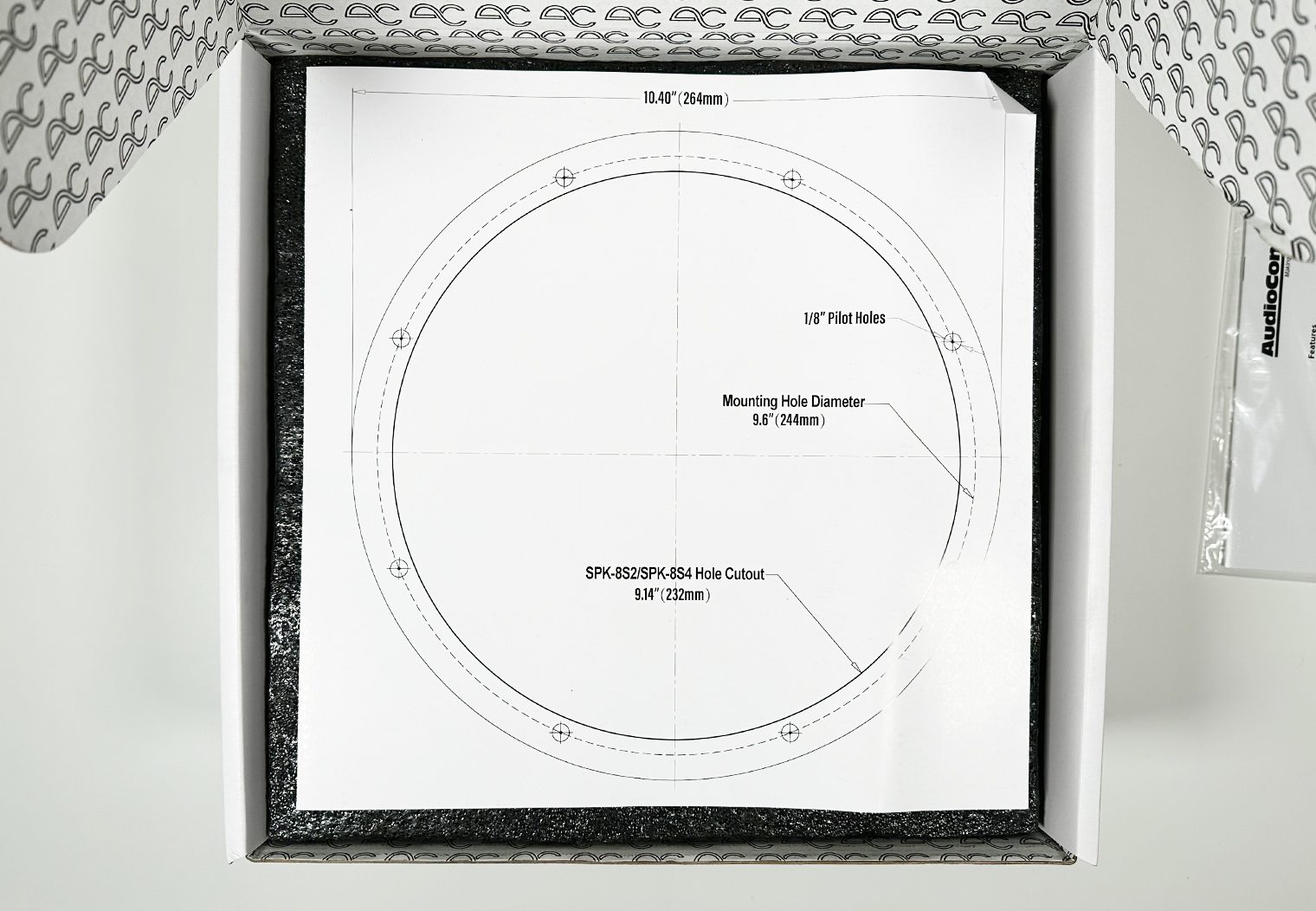
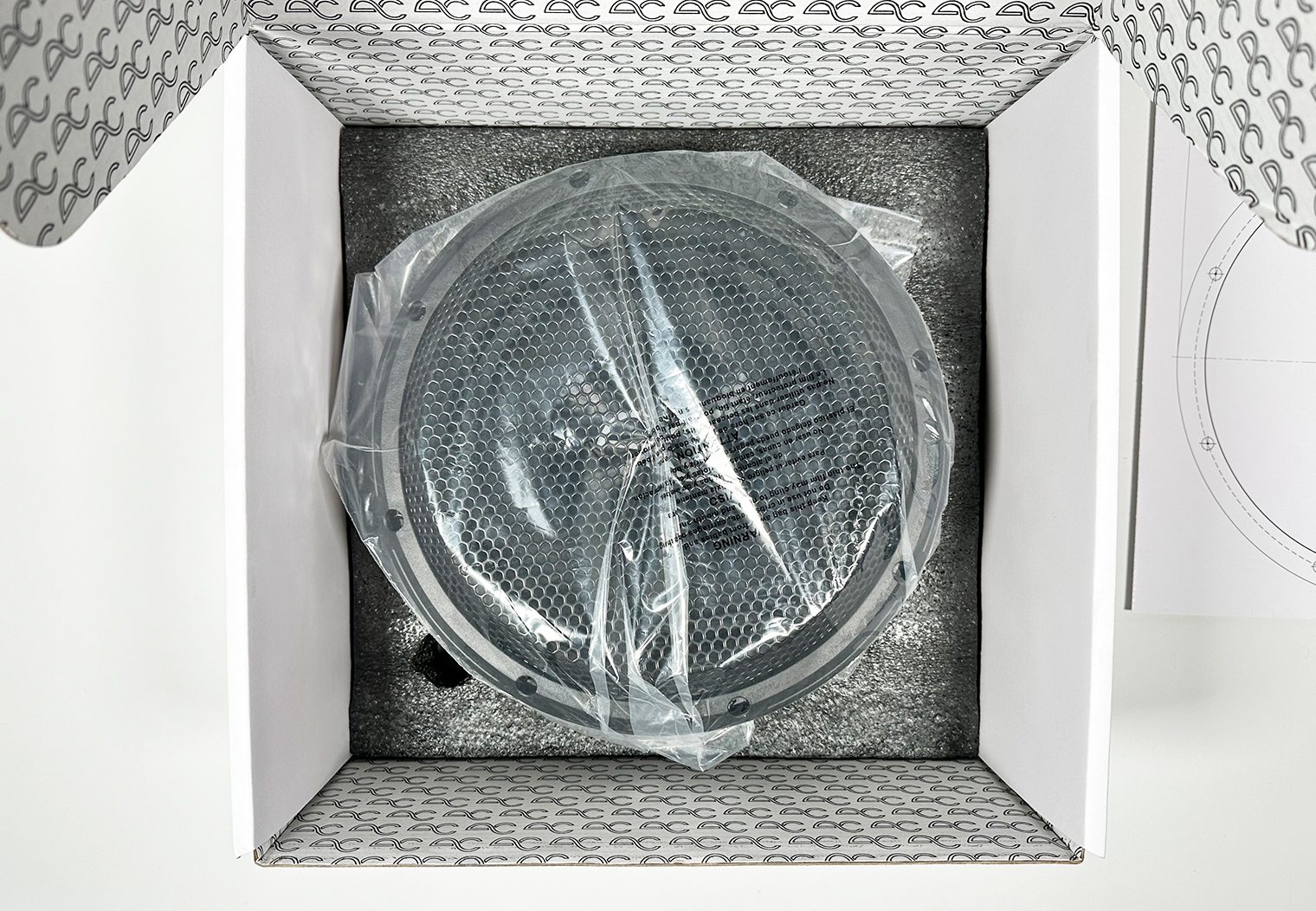
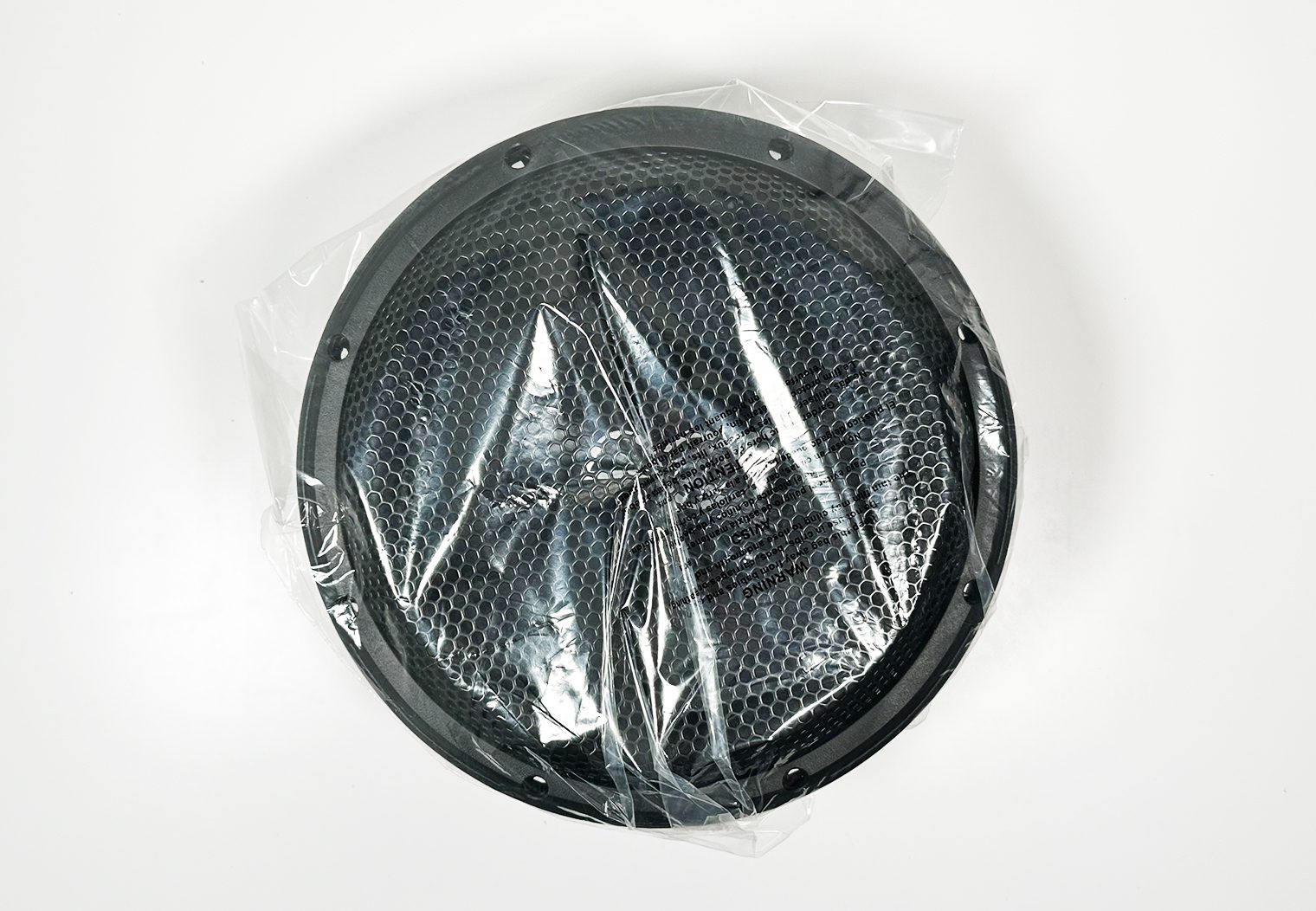
The subwoofers both come with a removable grille design. So depending on where you plan to mount the subs you can choose to protect them with the included grille or remove them. To me, the grille design is a bit OEM looking which is good if you're looking for an integrated look.
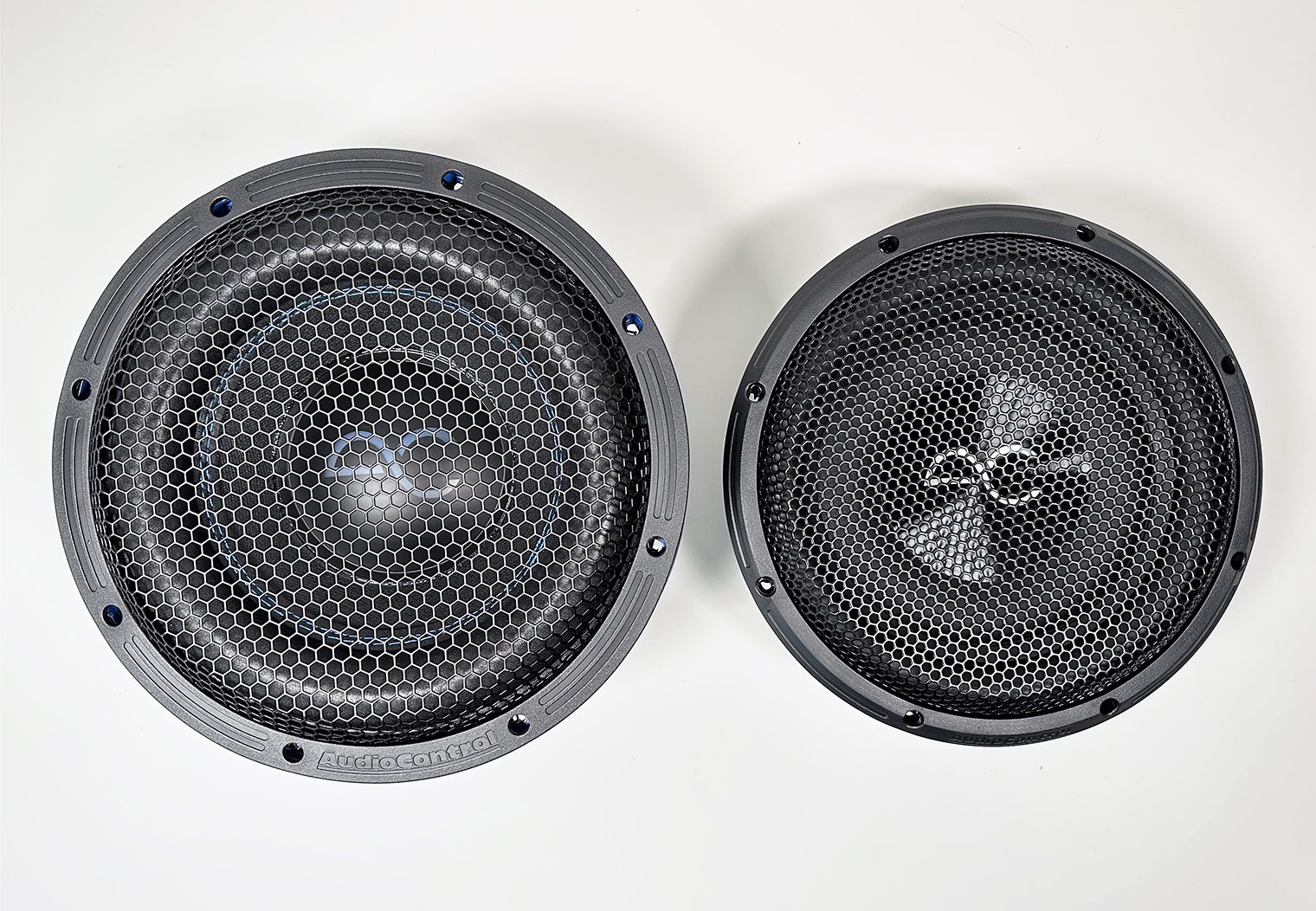
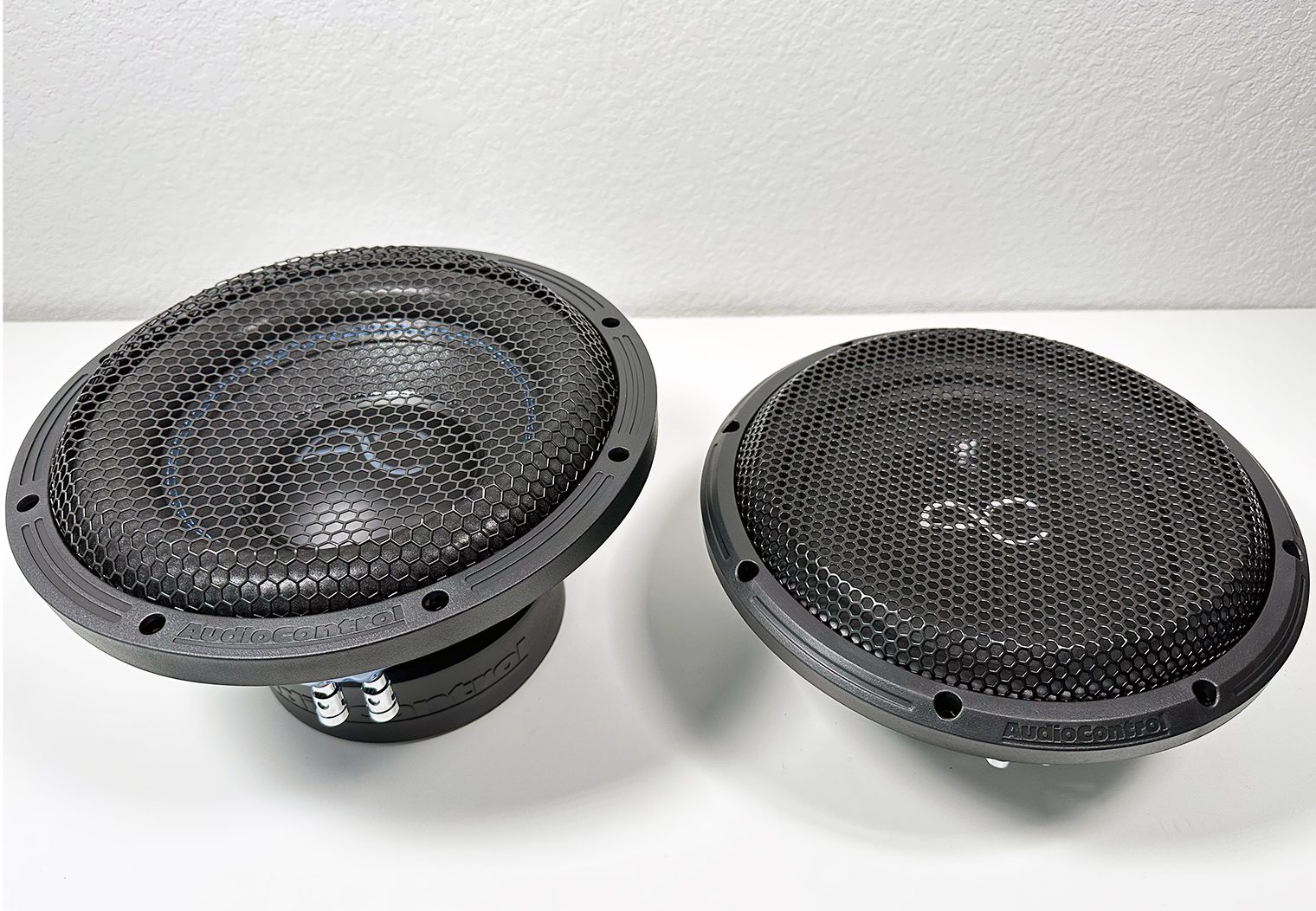
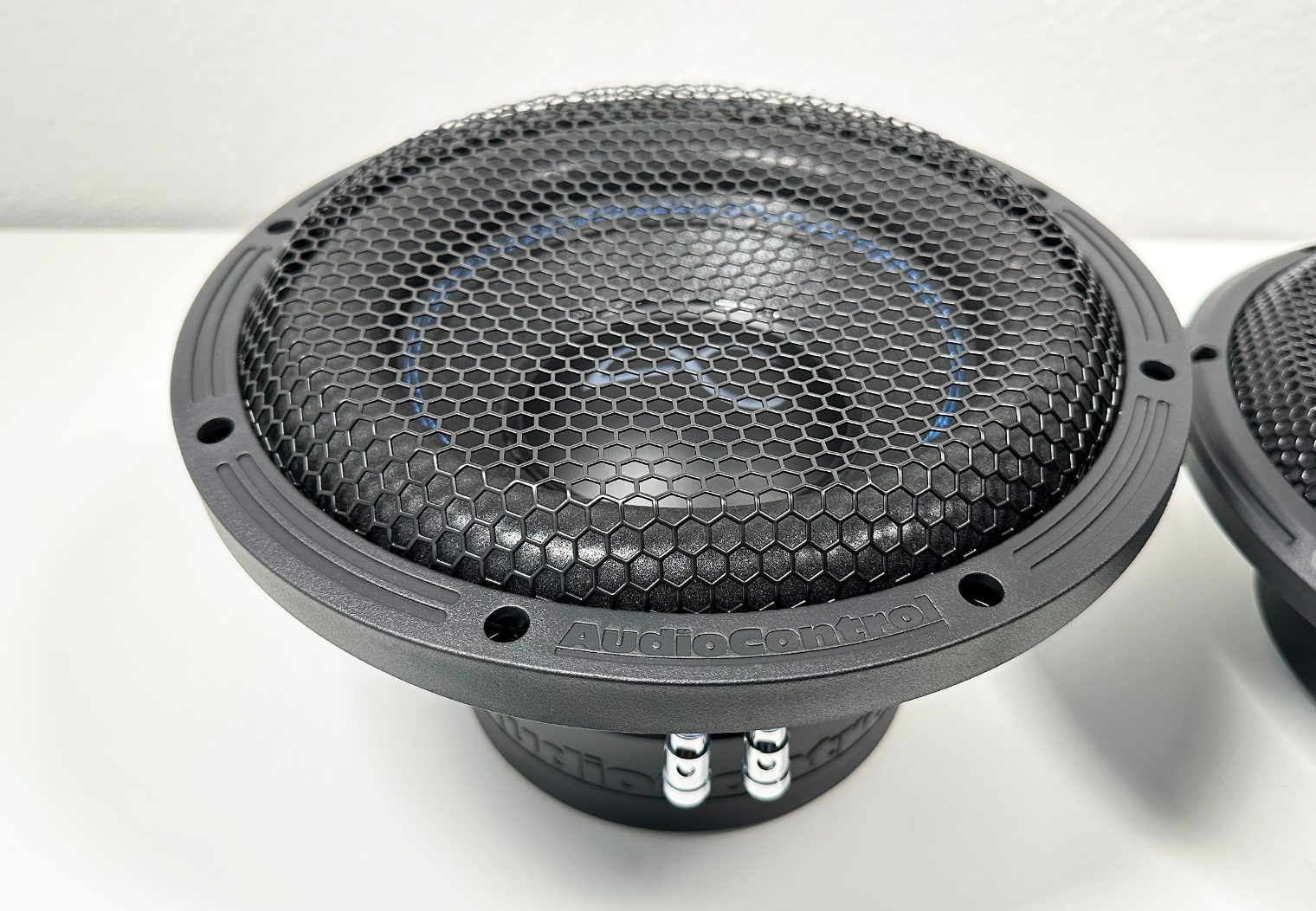
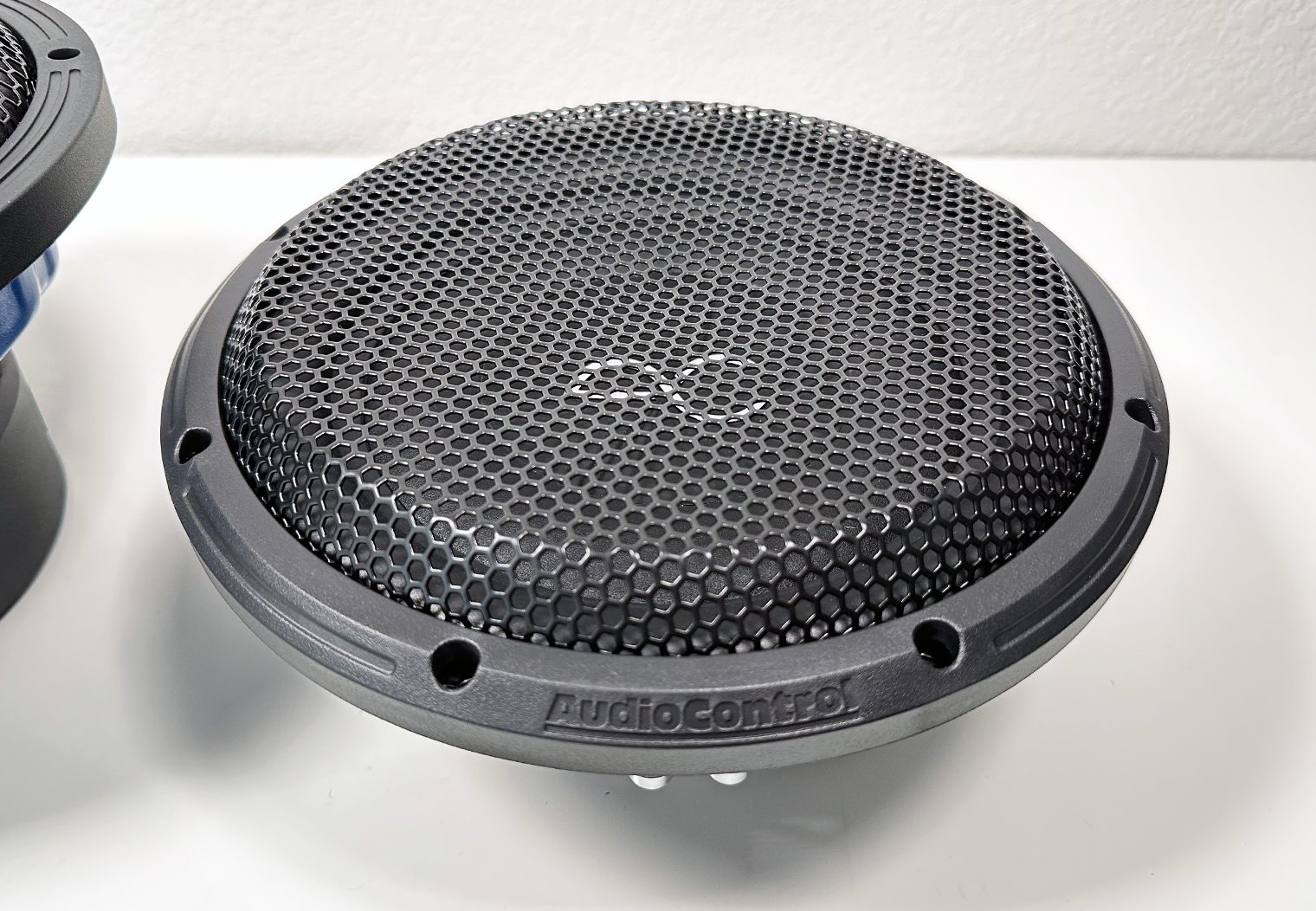
What's in the Box
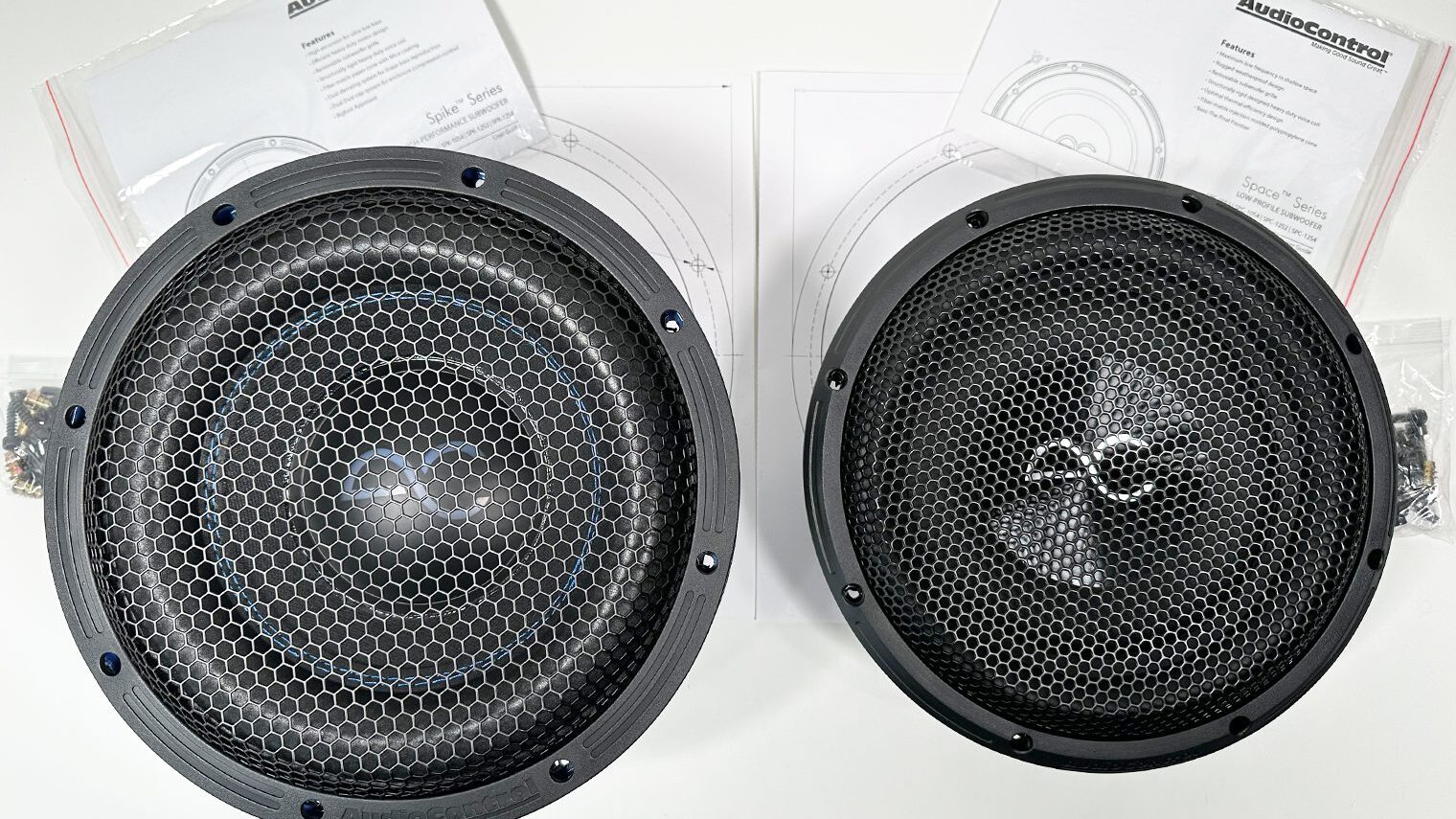
One of the small things that's unique to what AudioControl provides over many of the other subs I've unboxed is the mounting hardware. They provided both the mounting screws and some nice machine screw anchors that are designed to be used to better secure the sub to an MDF enclosure. If you're a DIYer and are building your own box, you probably don't have these handy so it's a nice-to-have! They'll help to ensure that the mounting screws are securely fastened and won't strip out in the MDF material like a traditional wood screw might if you over-tighten on accident.
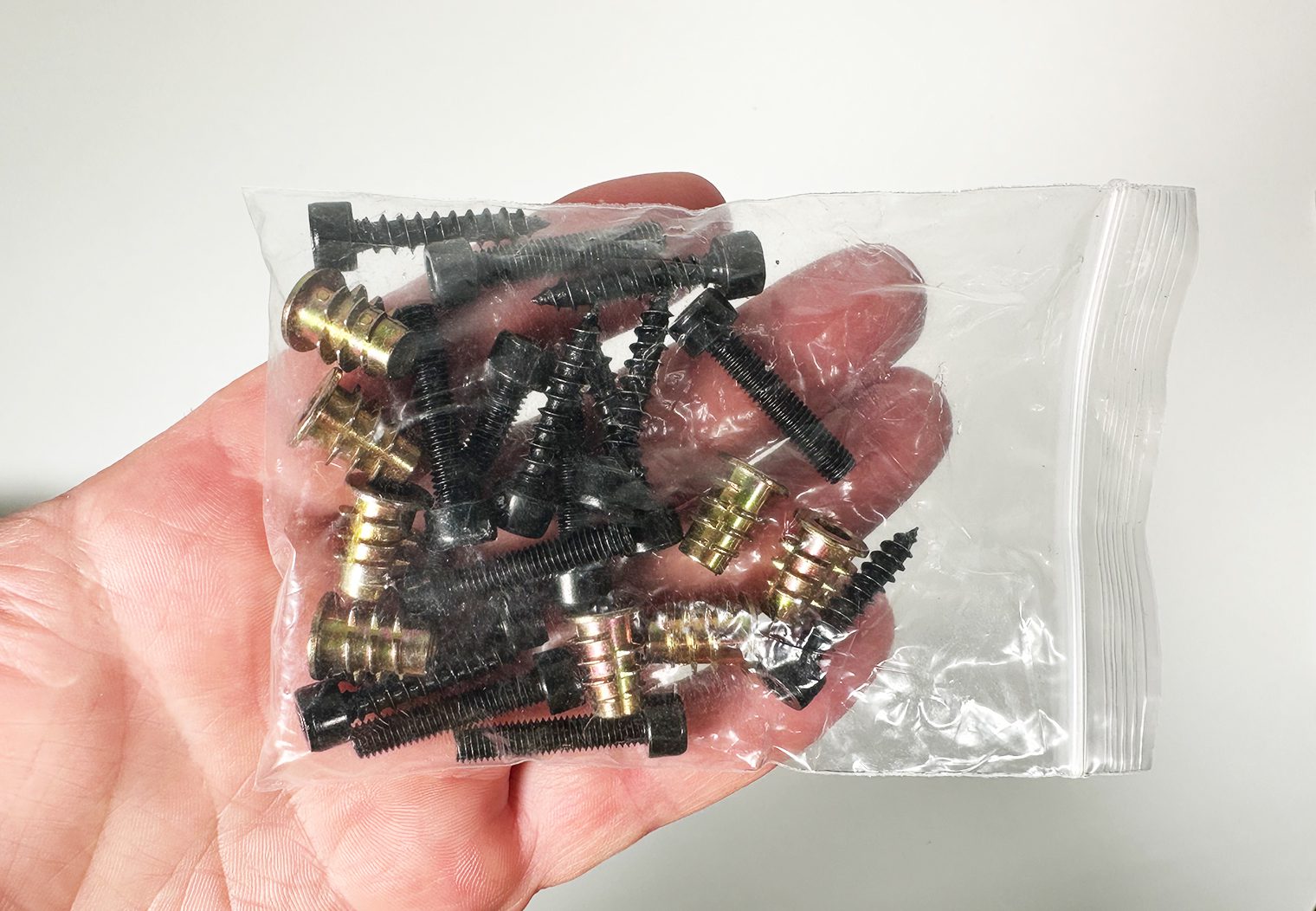
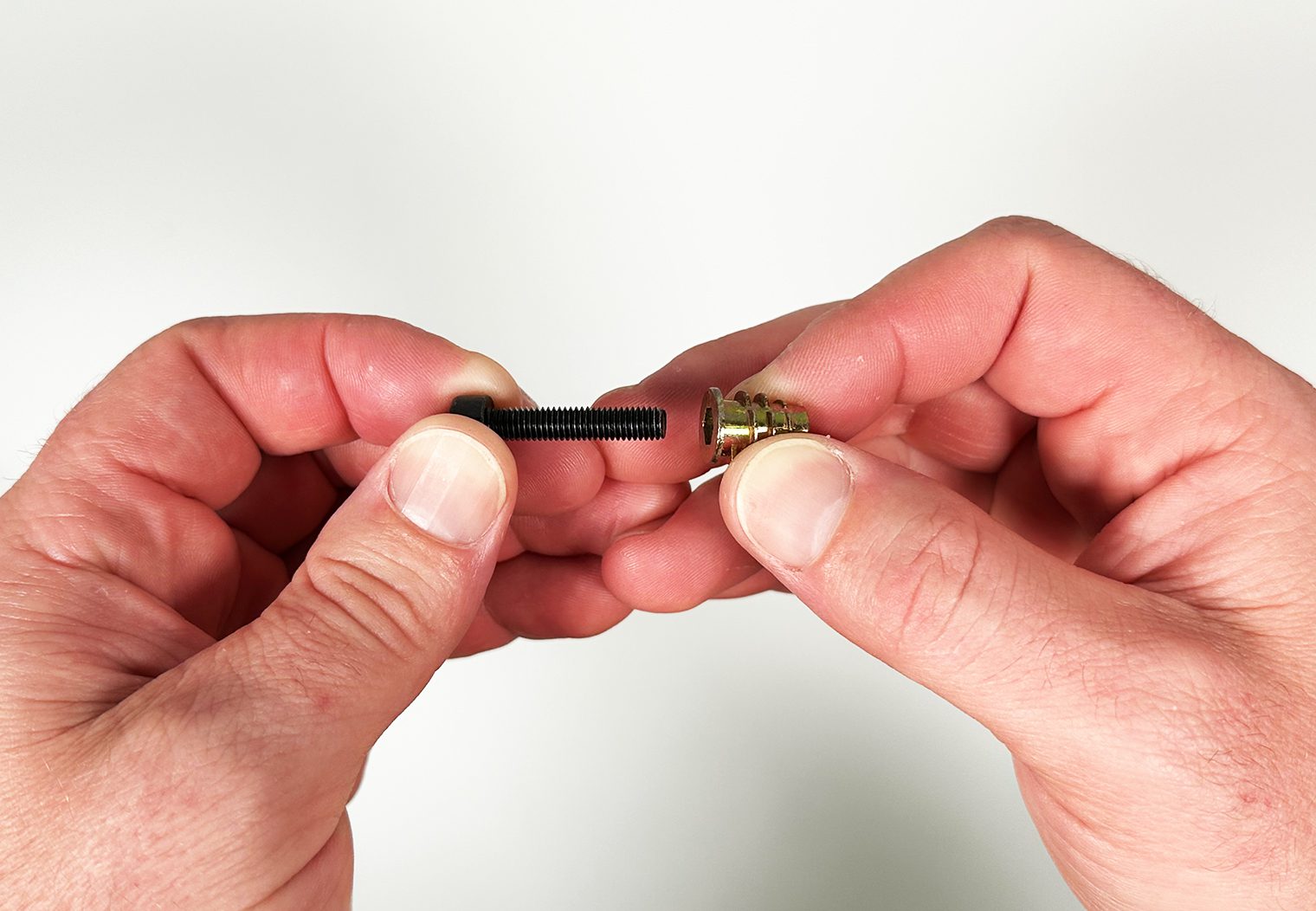
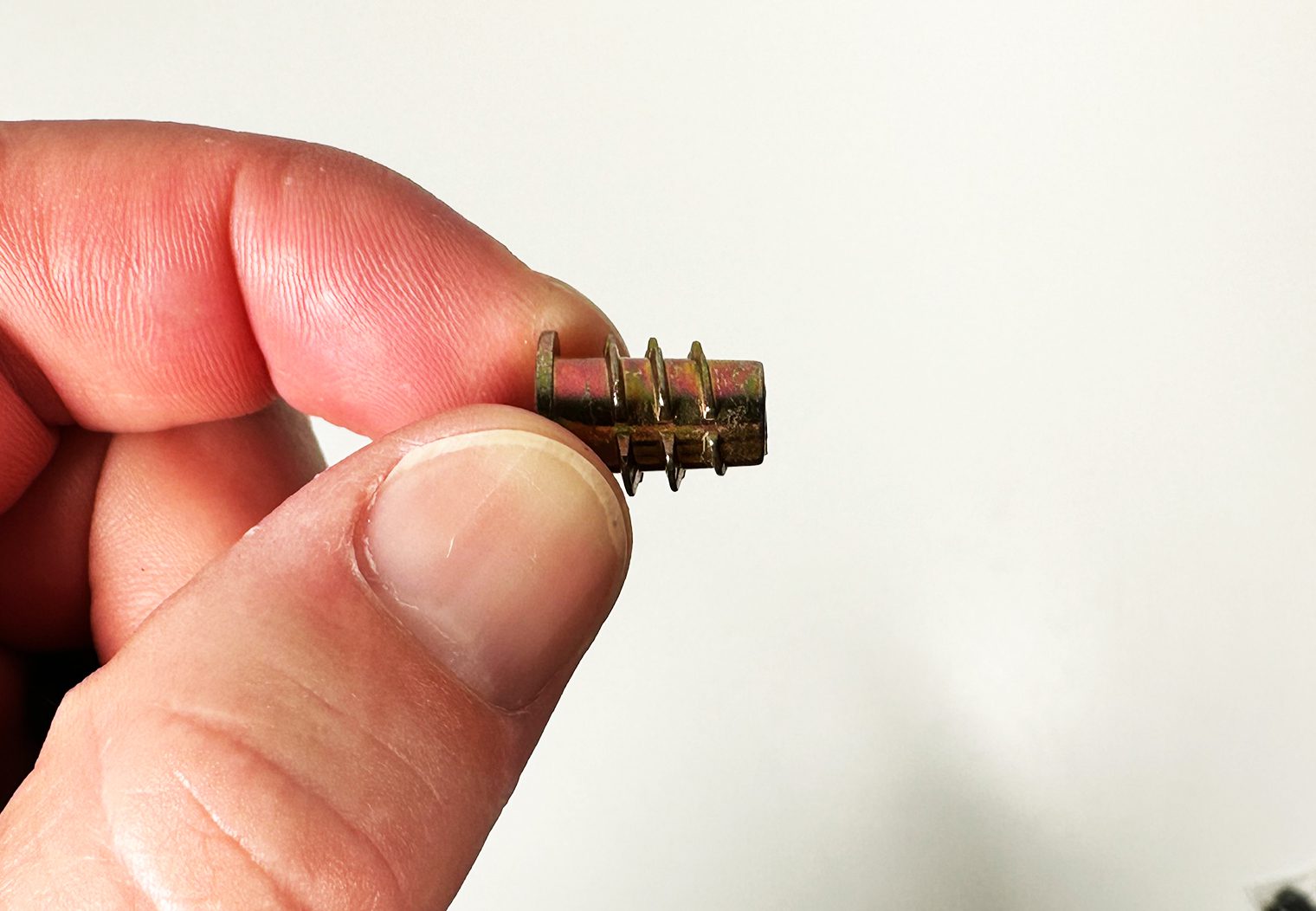
Fiber Matrix Cone & Removable Grille
Both subs come with included removable grilles. Both are made from the same steel mesh-like material pressed into shape with hexagonal holes in them. The Space series grille is a little heavier duty – the mesh is thicker and the hexagonal holes are smaller. The only thing I can think of is that AudioControl assumed these will be placed in tight spaces and might be prone to either impact by the back or bottom of a seat. I think they're a little more functional than they are ‘pretty'. But, they're also very easy to remove if you choose not to use them. Simply peel back the rubber seal that's along the outer edge of the subwoofer and remove the grille. Then, place the rubber edge back onto the sub. The process is identical on both sub designs.
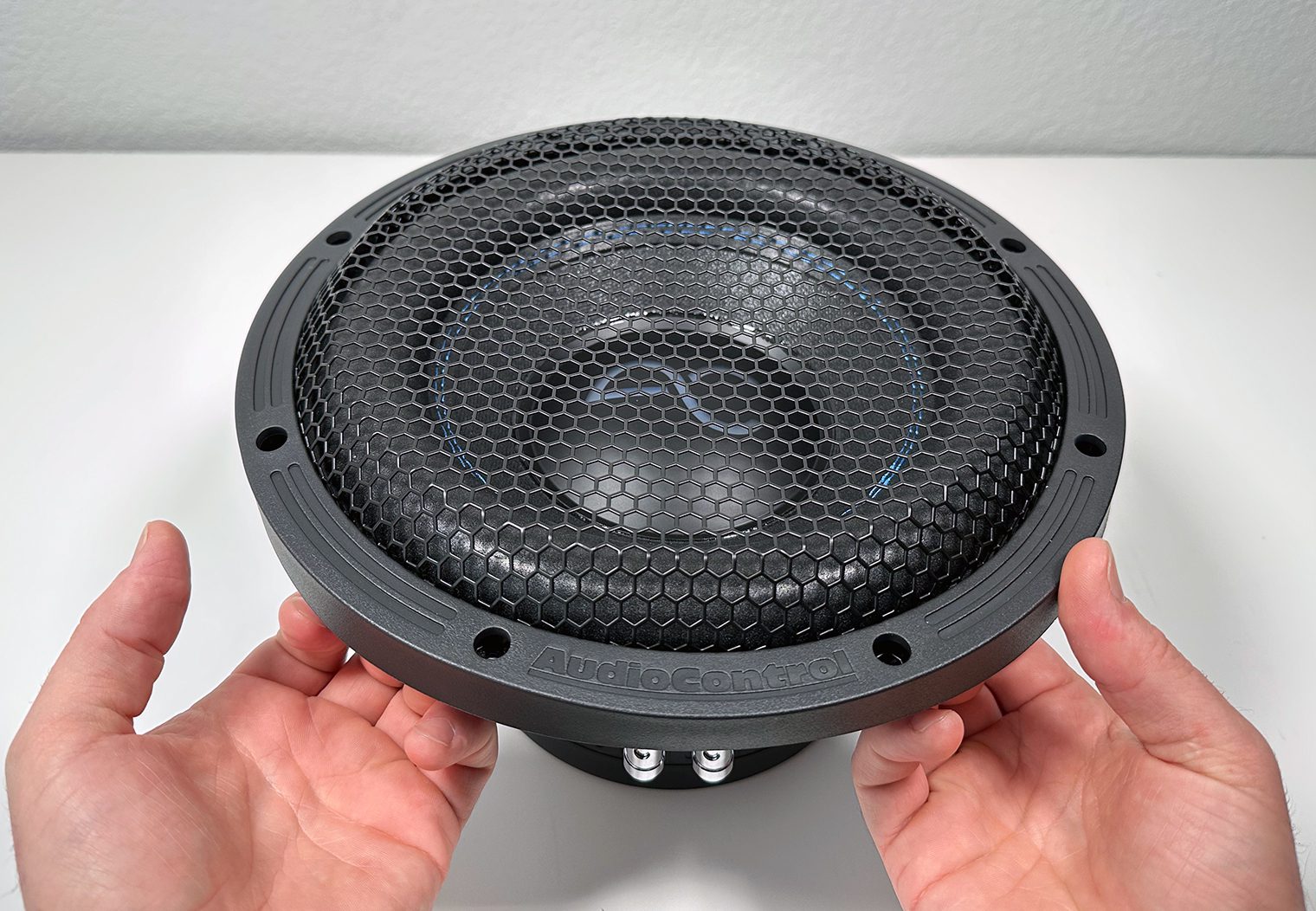
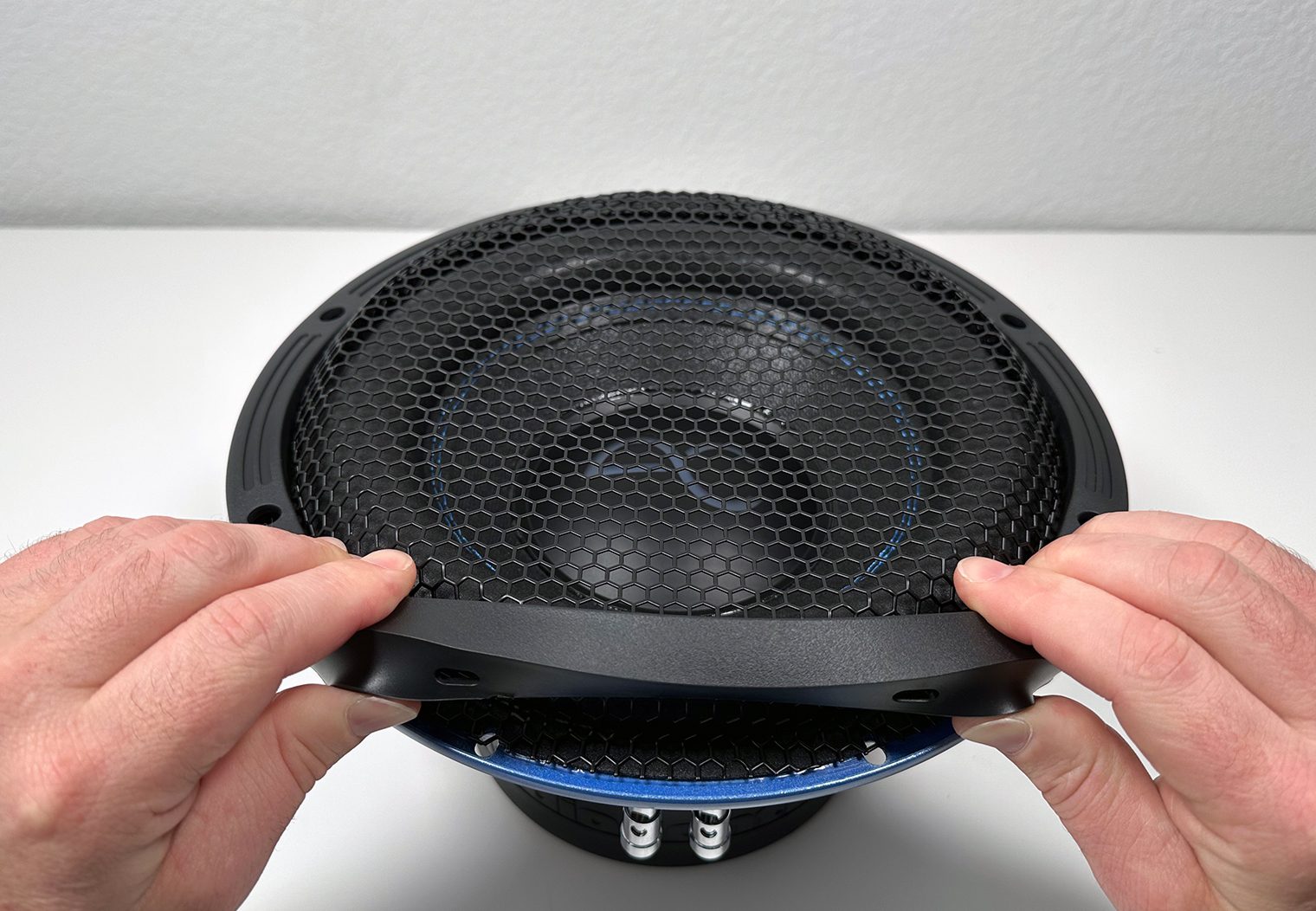
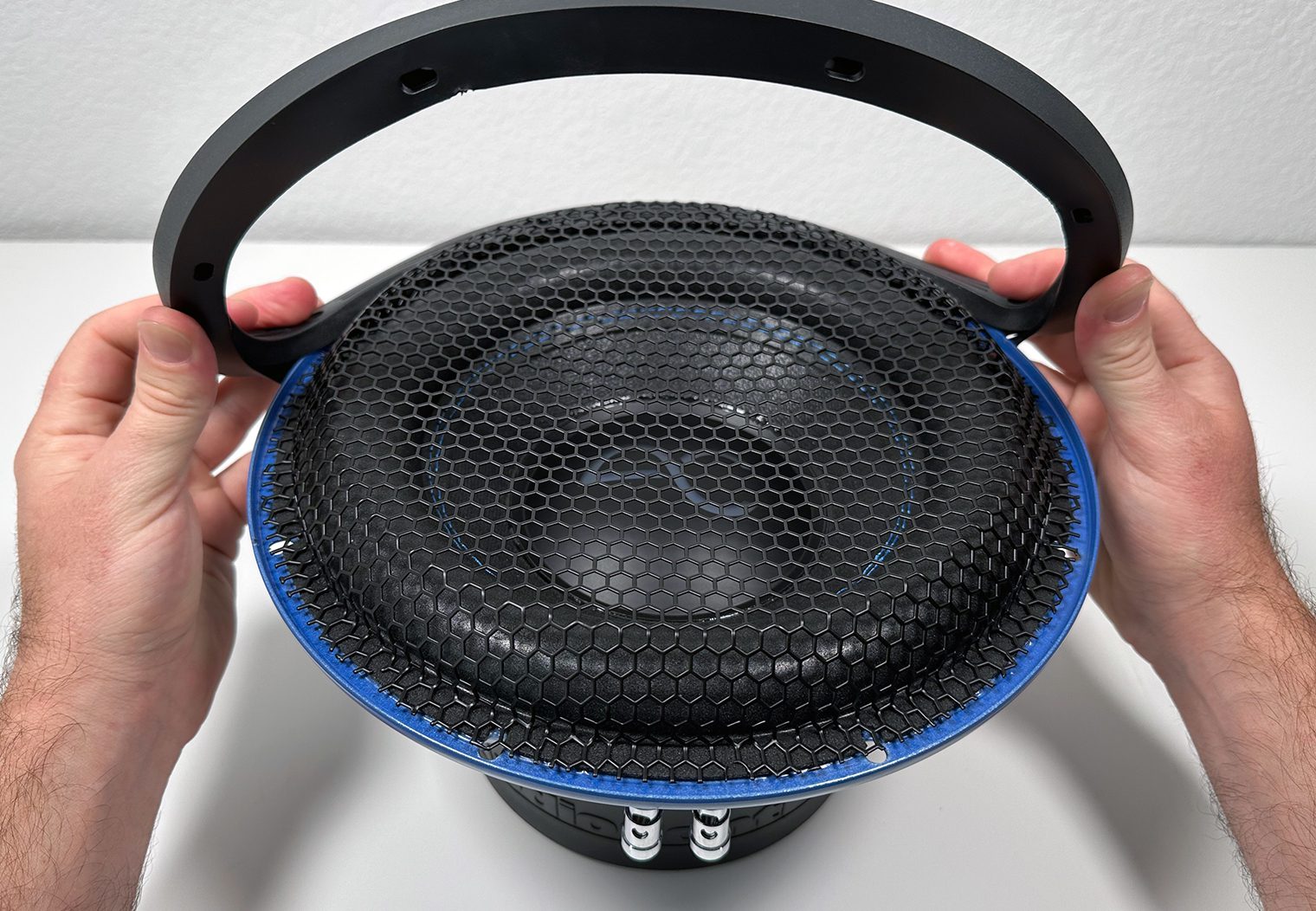
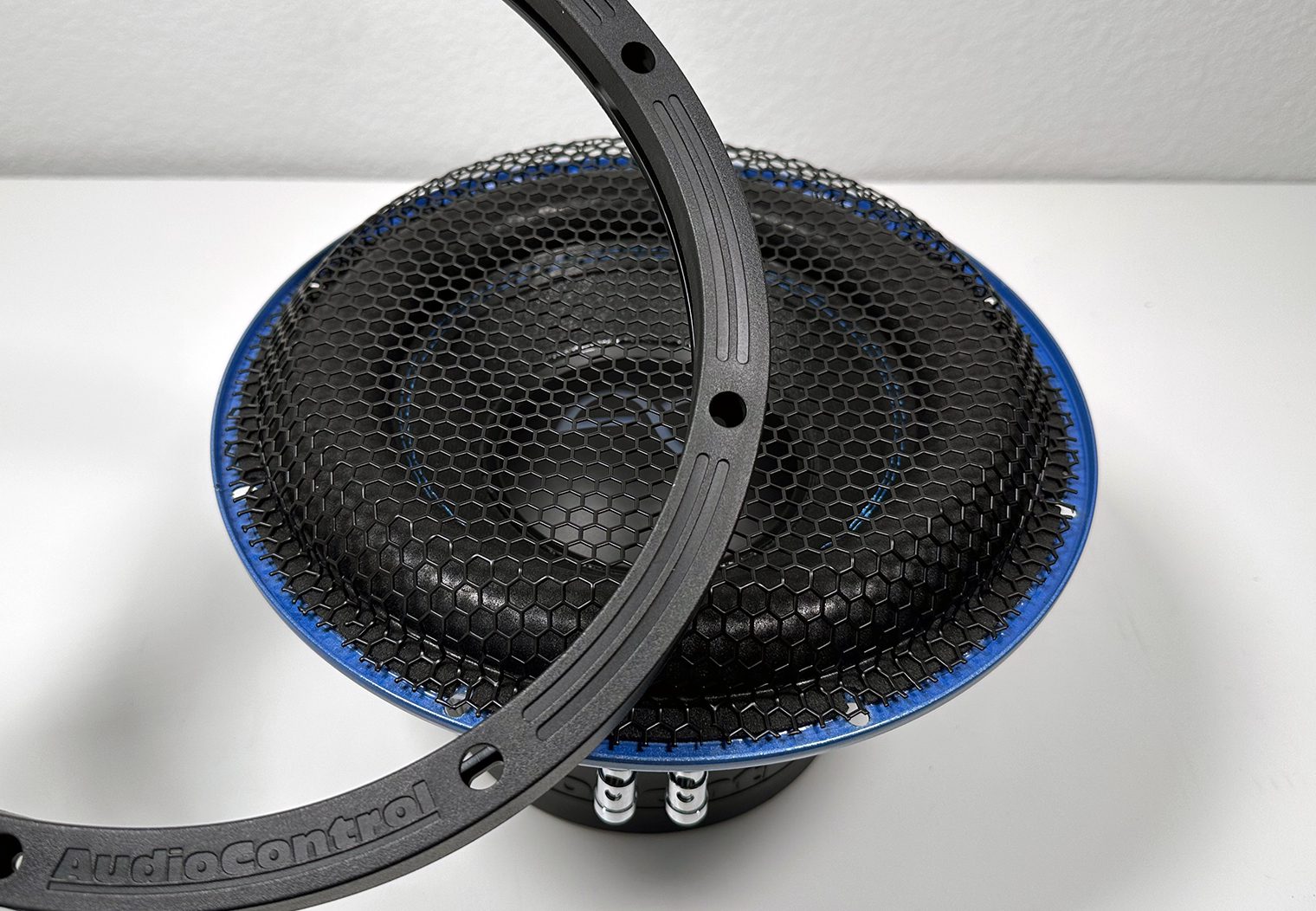
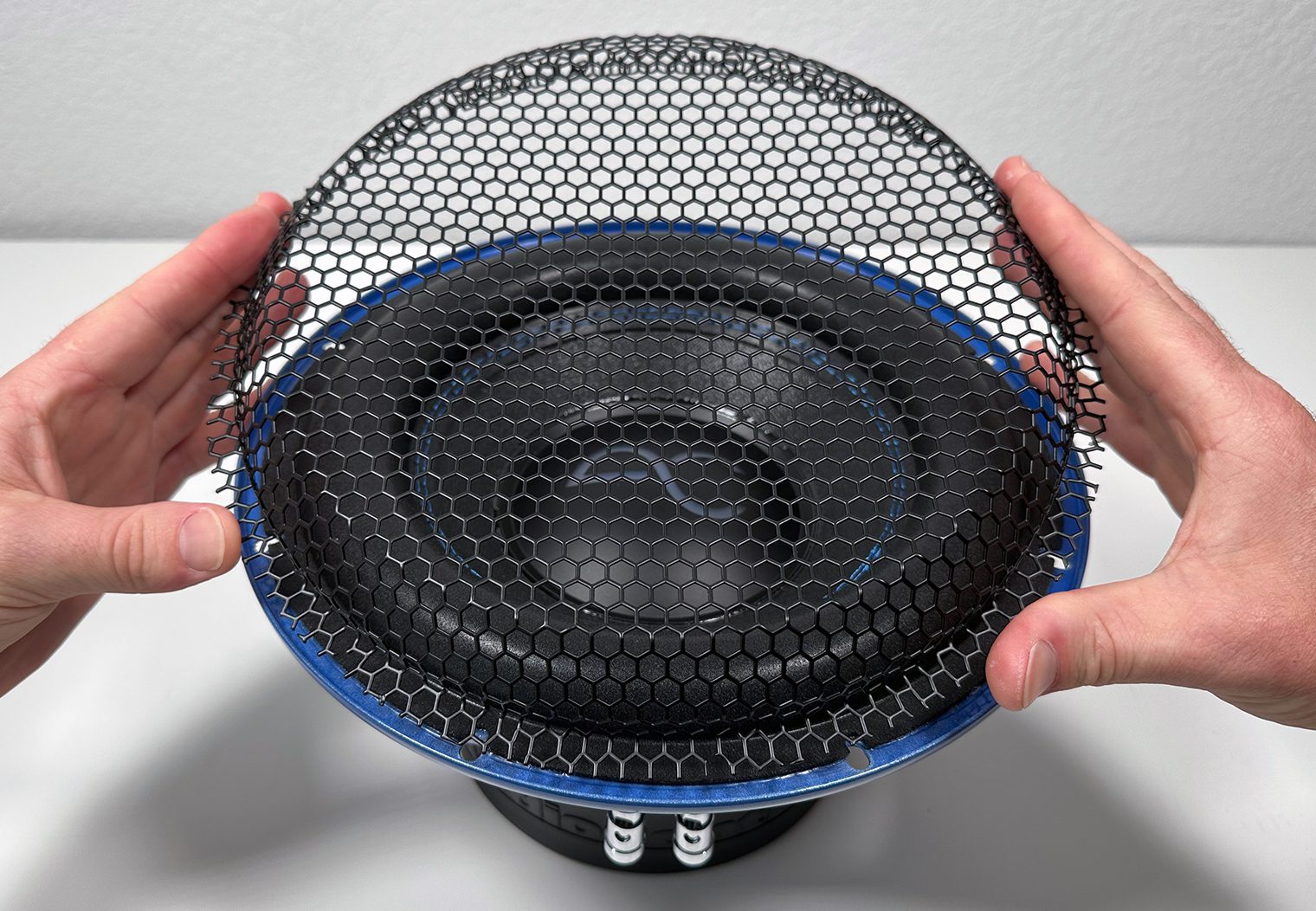
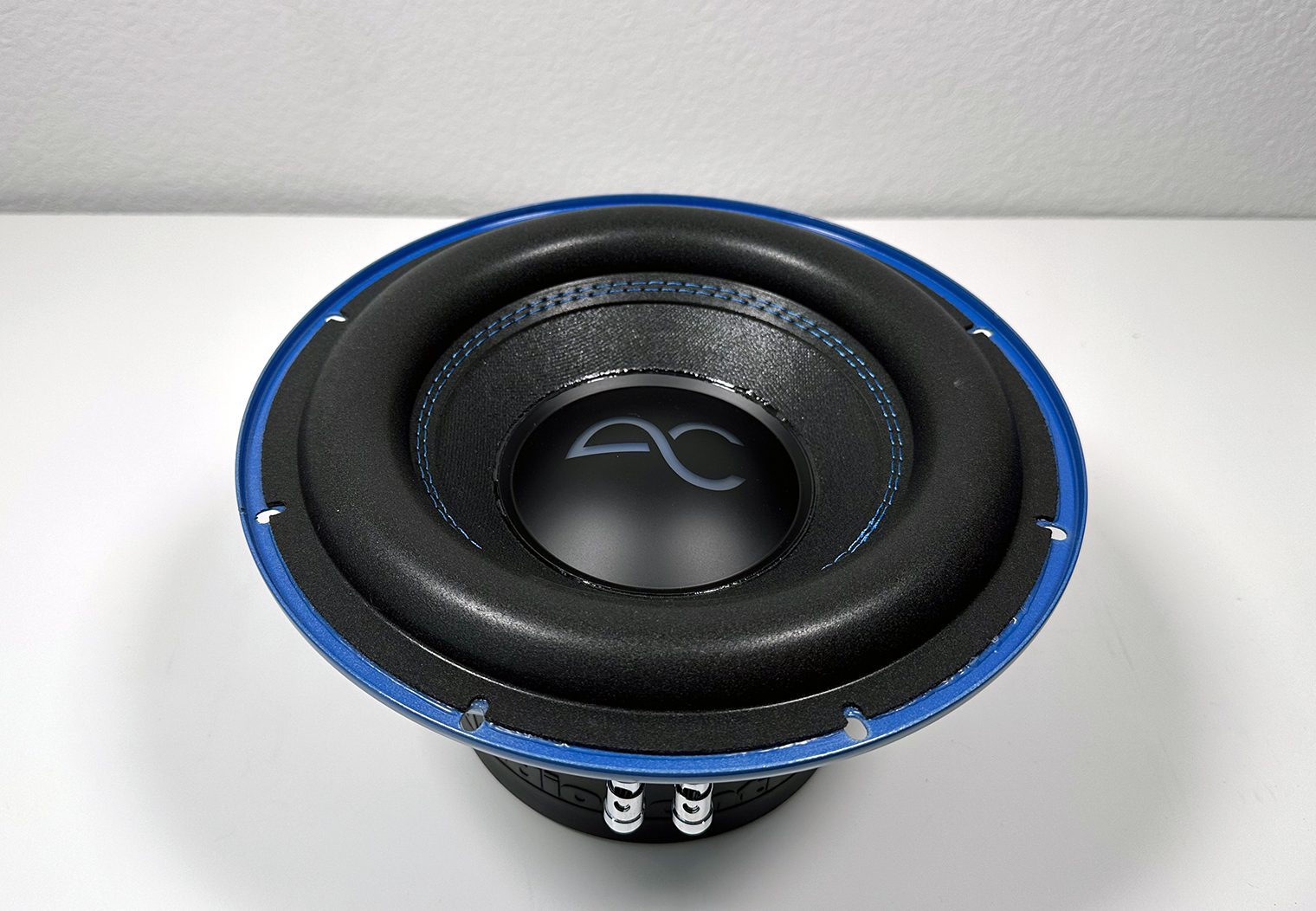
Let's talk about what's under the grille though – the cone. The composition of a subwoofer's cone can have a substantial impact on the performance of a subwoofer and speaker. Lightweight, rigid and durable – those are among the top considerations when manufacturers design a cone.
The Spike and Space series subs use two different types of cone materials. Both leverage a Fiber Matrix material, but the Spike series uses a paper cone base with a mica coating and high density foam surround, while the Space series uses a polypropylene, injection molded base with a butyl rubber surround. Paper cones can sometimes be associated with warmer, softer sound while the polypropylene cones are typically more crisp and ‘hard'.
Paper cones are also susceptible to moisture, humidity and water. AudioControl uses a mica coating, which essentially acts as a sealant to help prevent damage from moisture on the Spike series cones, however I wouldn't consider them a good choice for the outdoors. Certainly not a marine application. The shallow Space series however has a ‘weather-resistant design' according to AudioControl. Makes sense because polypropylene is a form of plastic which is water resistant. If you're interested in a marine-ready sub, check out our list of best marine grade subwoofers.
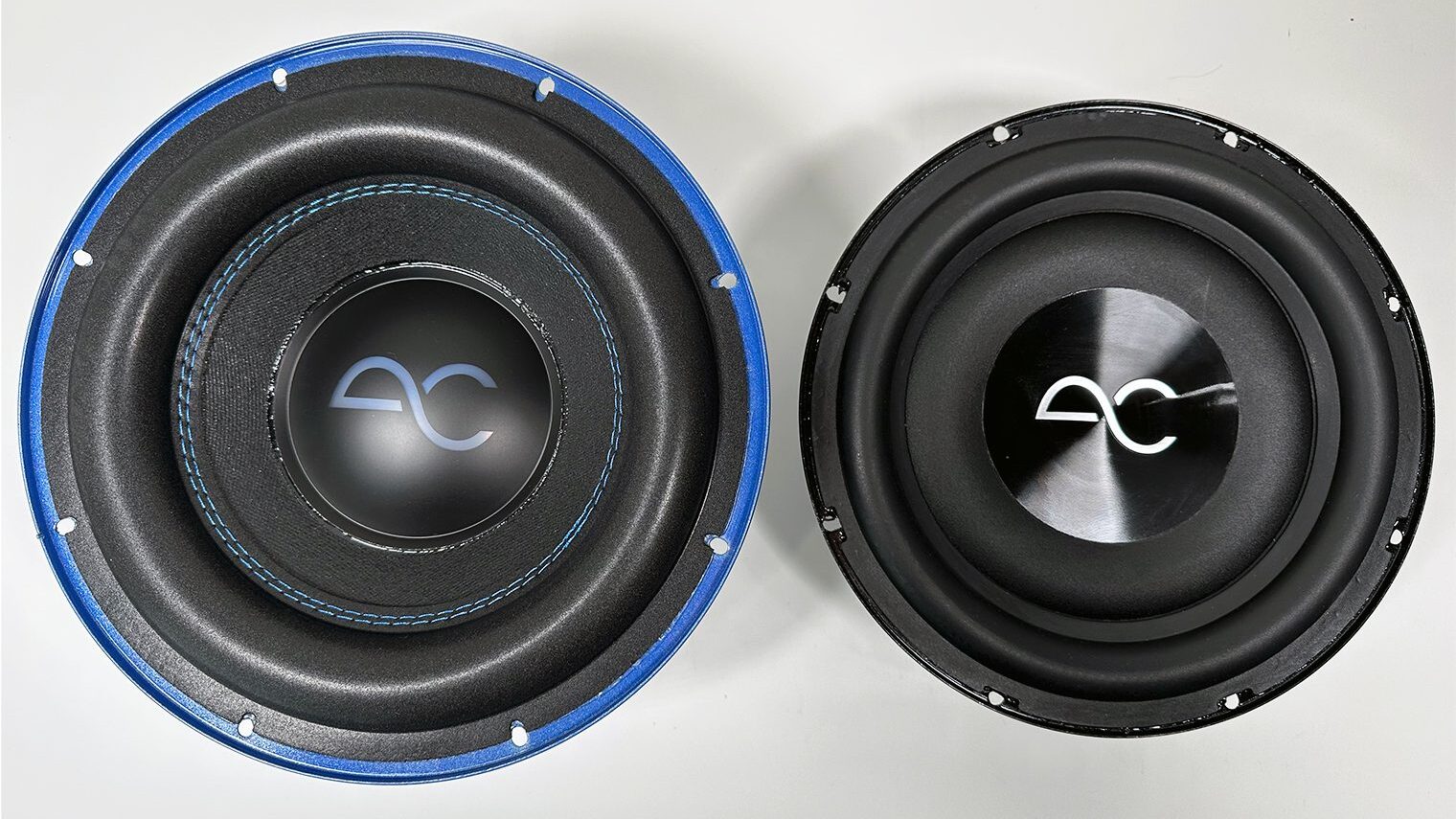
If you look closer at the shape of the cones between the Spike and Space subwoofers, you can also see a slight difference in their design. The Spike series features a deeper, concave dust-cap design cone with blue stitching to reinforce the adhesion between the cone and the surround. The Space series, on the other hand, is much more shallow (to be expected on a shallow series subwoofer). It is significantly flatter – even the dust cap is a flat surface. This is pretty common among slim series subwoofers.
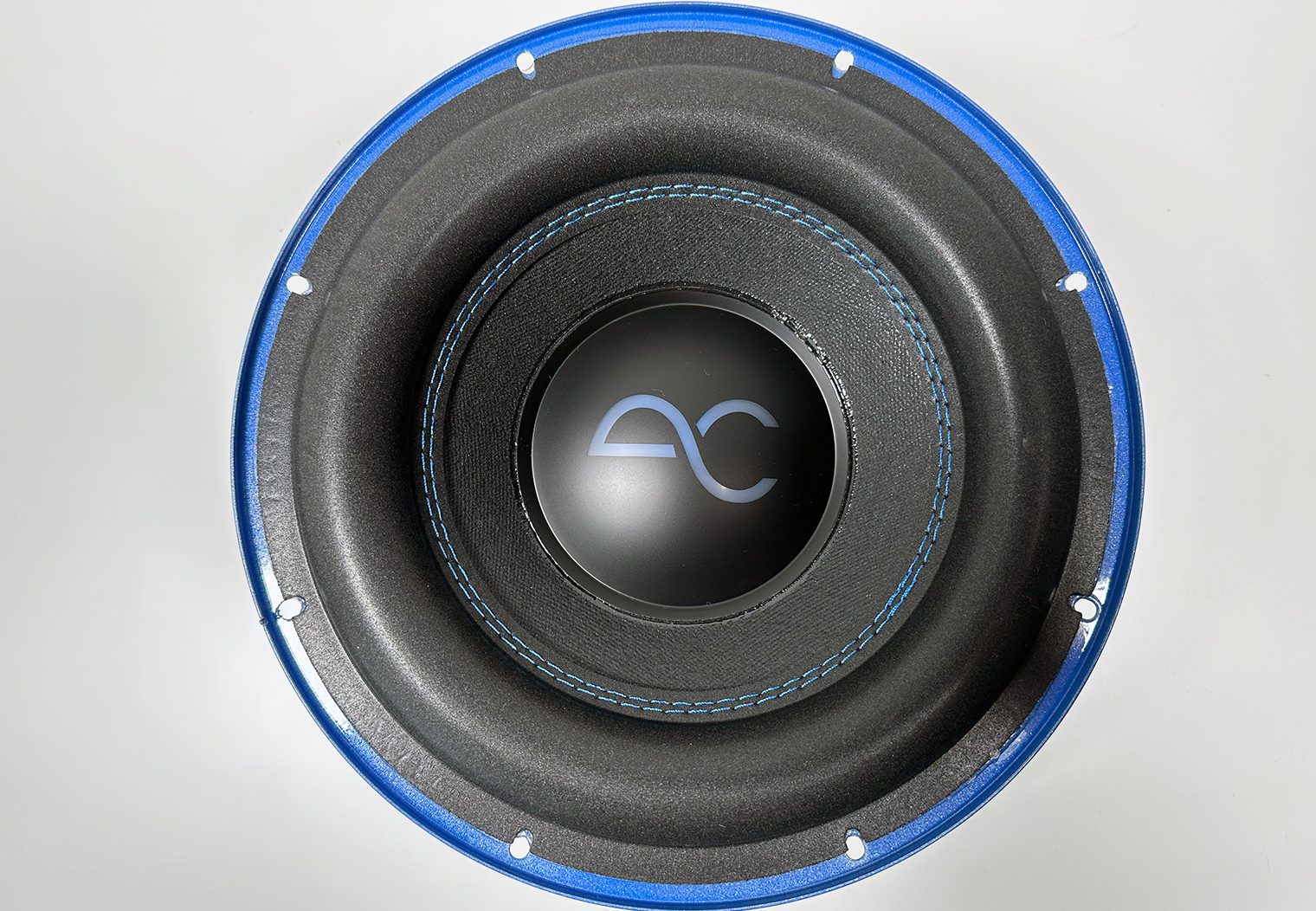
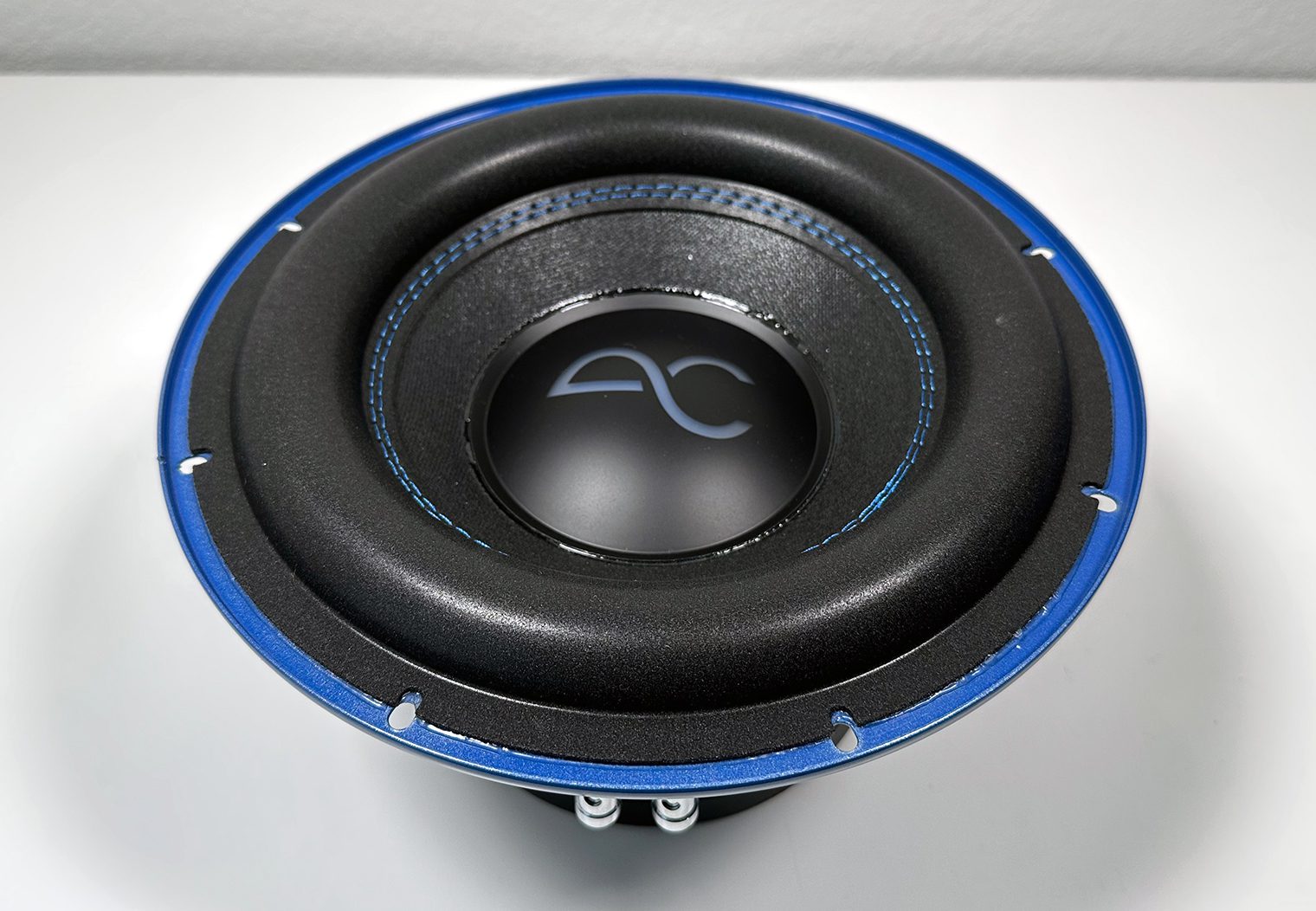
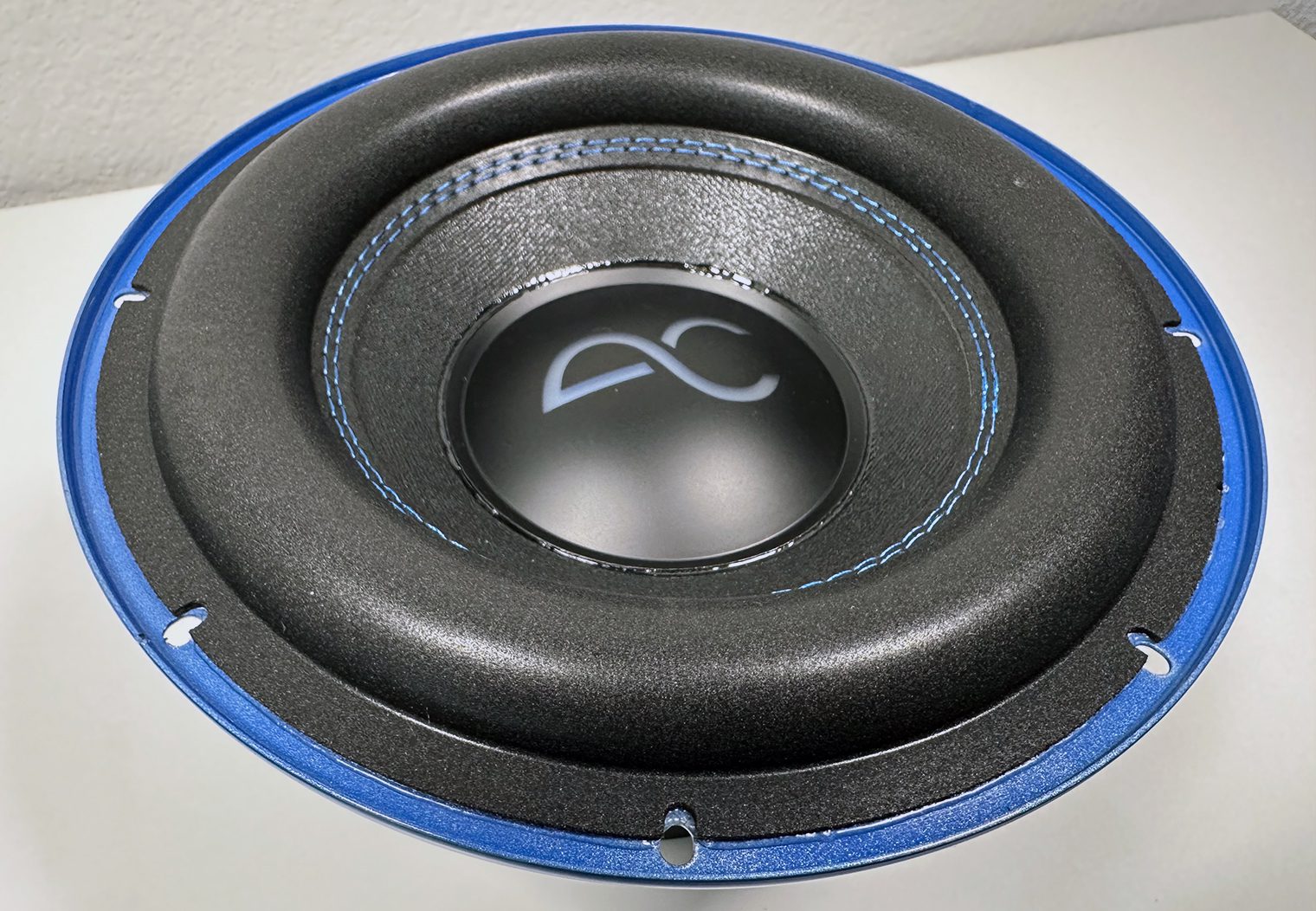
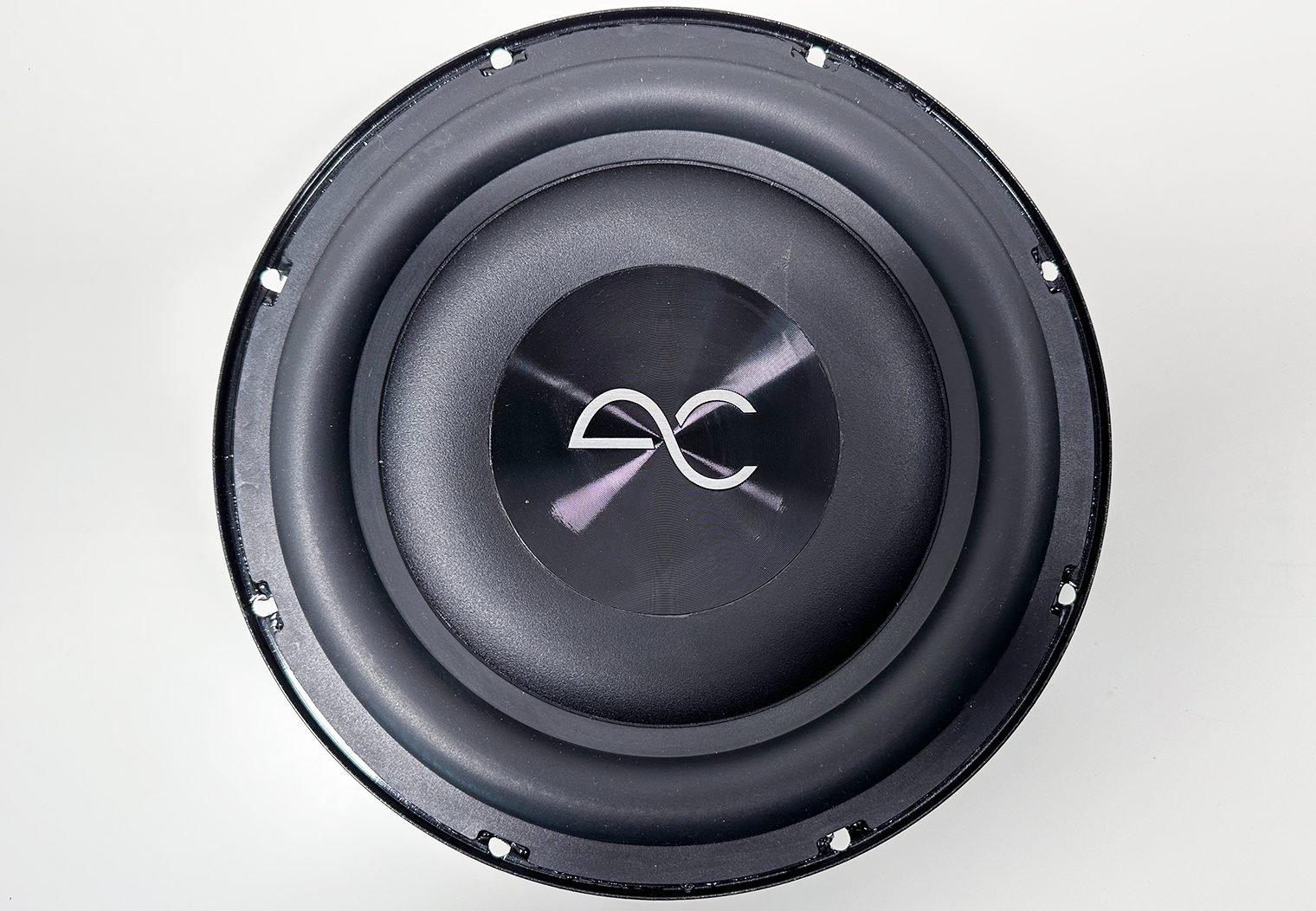
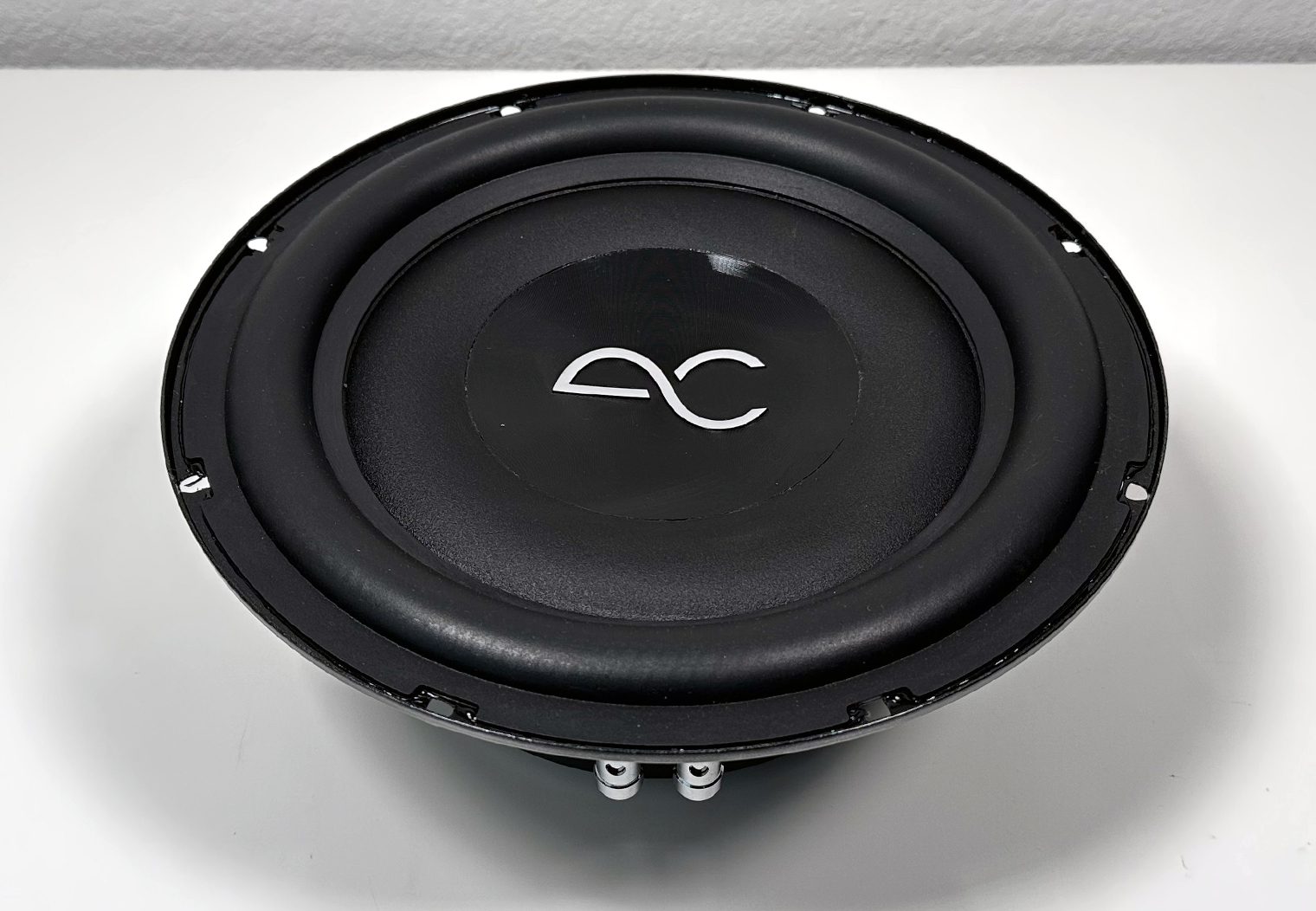
High Temp, 3-Layer Voice Coil
Voice coils can be a source of failure on subwoofers and speakers alike when under heavy load for extended periods of time. The voice coil is what makes the subwoofer cone move to produce bass.
Under load, the voice coil heats up and can cause the adhesion between the cone, spider and voice coil to fail, among other things. Heat from the voice coil can also cause distortion in other ways. So, AudioControl designed a multi-layer voice coil to handle heavy loads and high volume base and reduce the risk of thermal failure, and ultimately reduce distortion. Both the Spike and Space series feature this 3-layer voice coil design.
I couldn't get any photos of the voice coil itself but here are a couple of the spider.
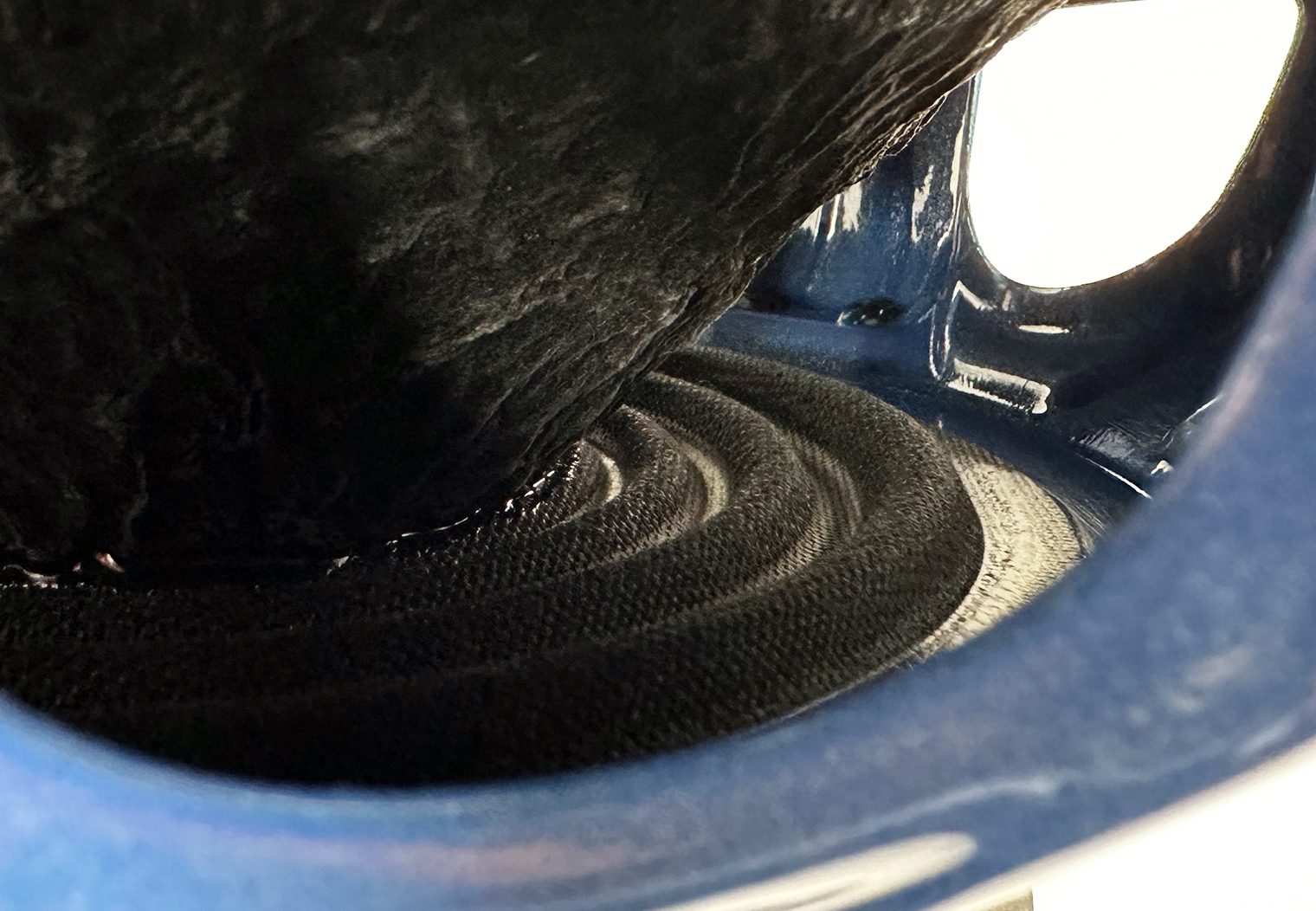
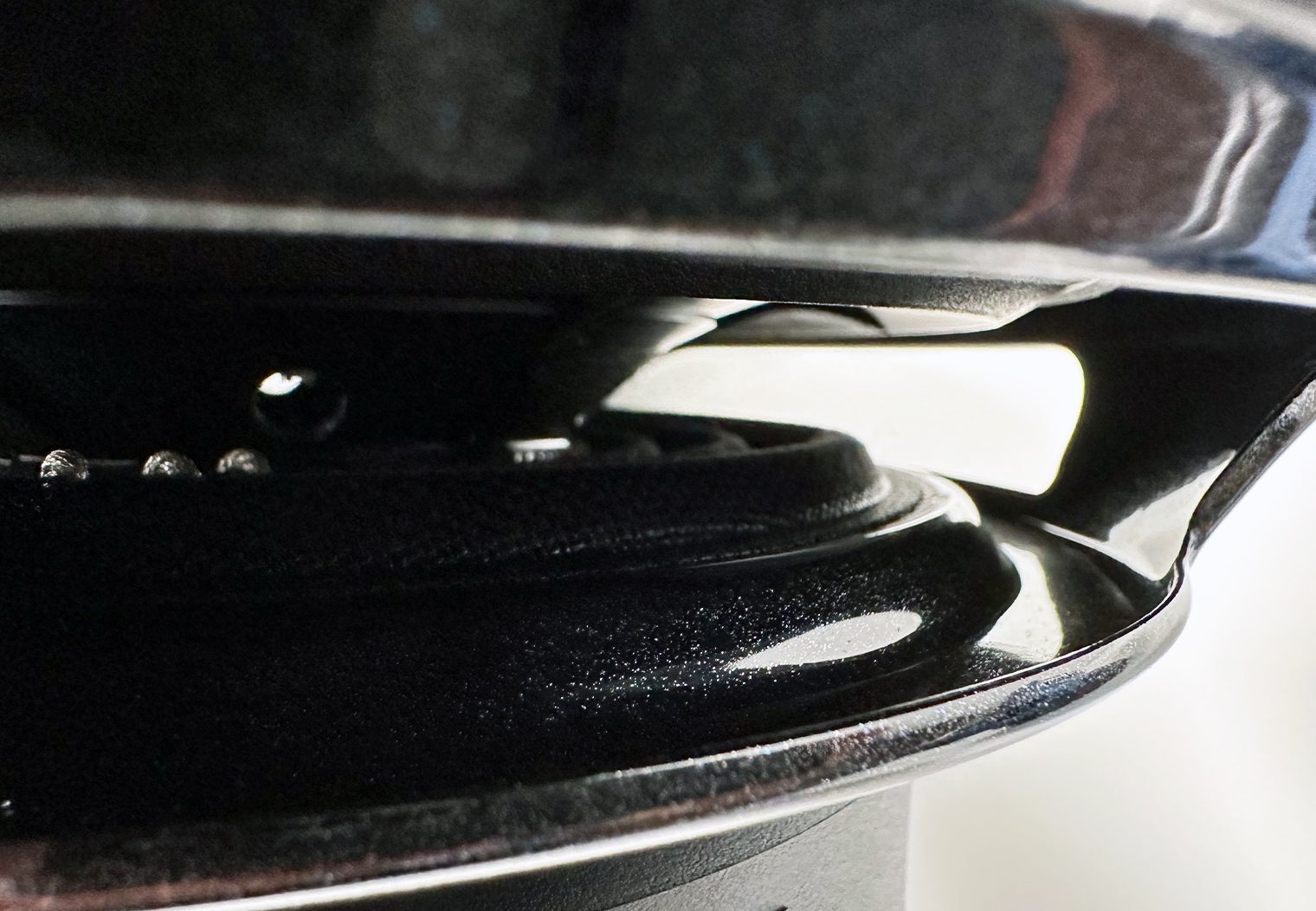
Chassis, Motor Design & Excursion
Cone surface area and excursion are two of the most important parts of a subwoofer when it comes to influencing a subwoofer's shape and design and overall efficiency to produce low frequencies. Excursion, in particular, is largely influenced by the inner design of the chassis, motor and voice coil (among other things). The chassis and motor design is also where there's the most visual difference between the Spike and Space series subwoofers.
The chassis on both sub designs use a single pressed steel material. Simple, strong – very common among subwoofer designs. They're vented reasonably well too. The most notable differences between the two subs are:
- The depth of the chassis – The Spike series is naturally deeper than the shallow series Space design.
- The ventilation design – The Spike series features 7 cutouts above and below the spider to help cool the voice coil and structure of the sub, while the Space series has 4 wider but shallower vents above and below the spider.
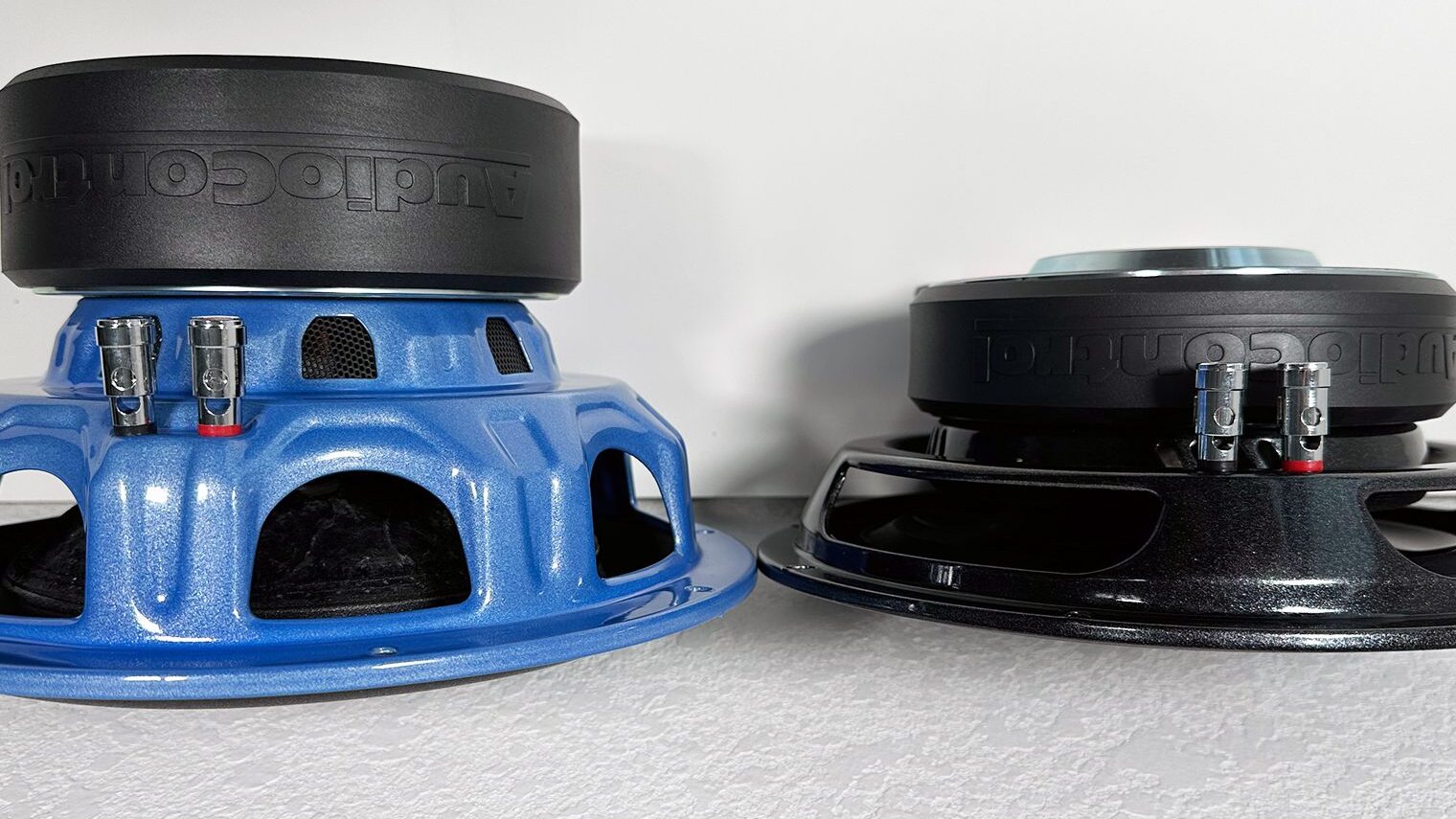
The motor on both of these sub designs uses a Ferrite magnet material. Ferrite is incredibly common – it's heavier and a little less efficient than Neodymium magnets but some prefer it. Another notable difference between the Spike and Space subs is in the magnet size – the shallow Space subs are about 30% smaller than the Space subwoofers to save depth and fit in more shallow spaces.
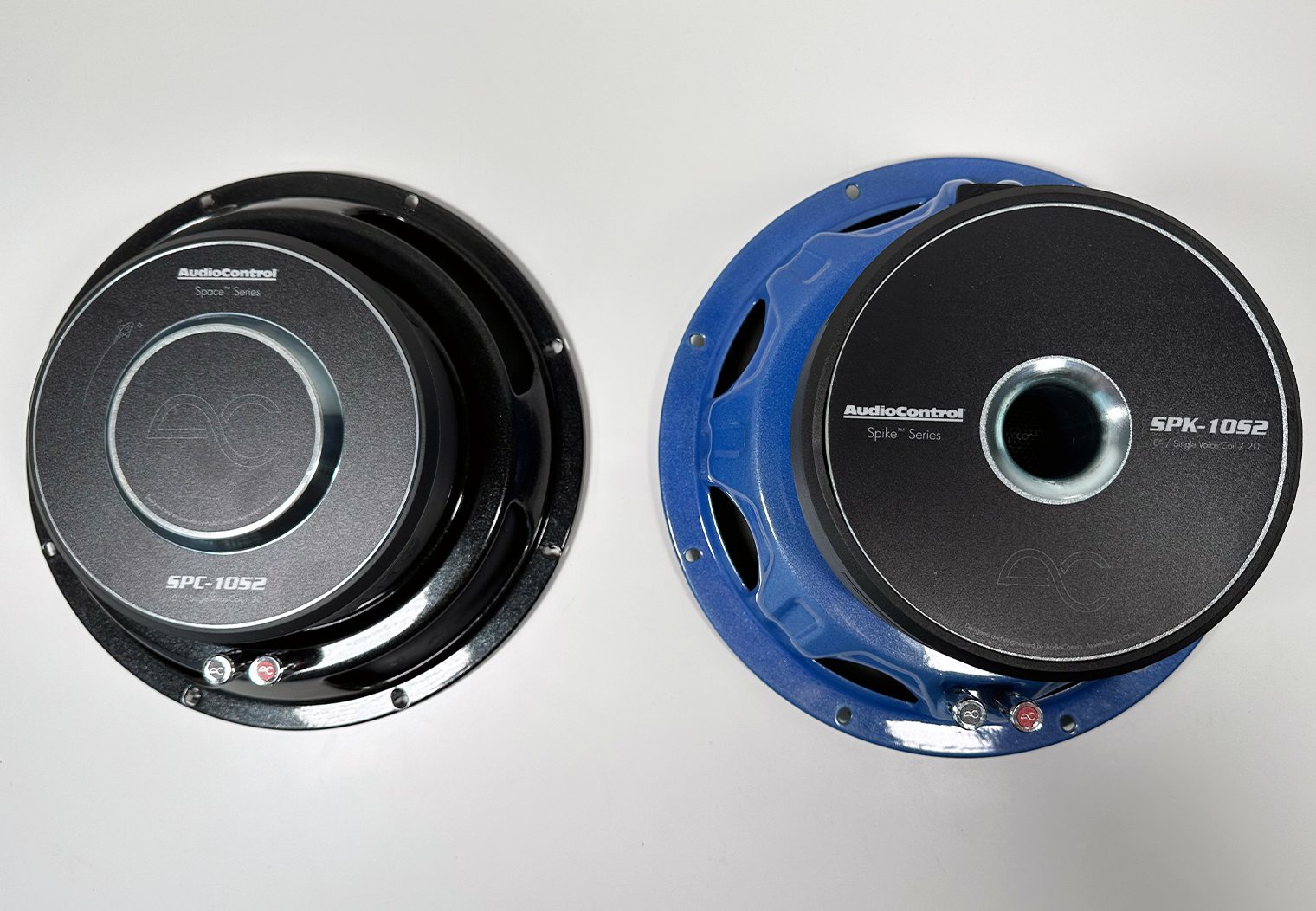
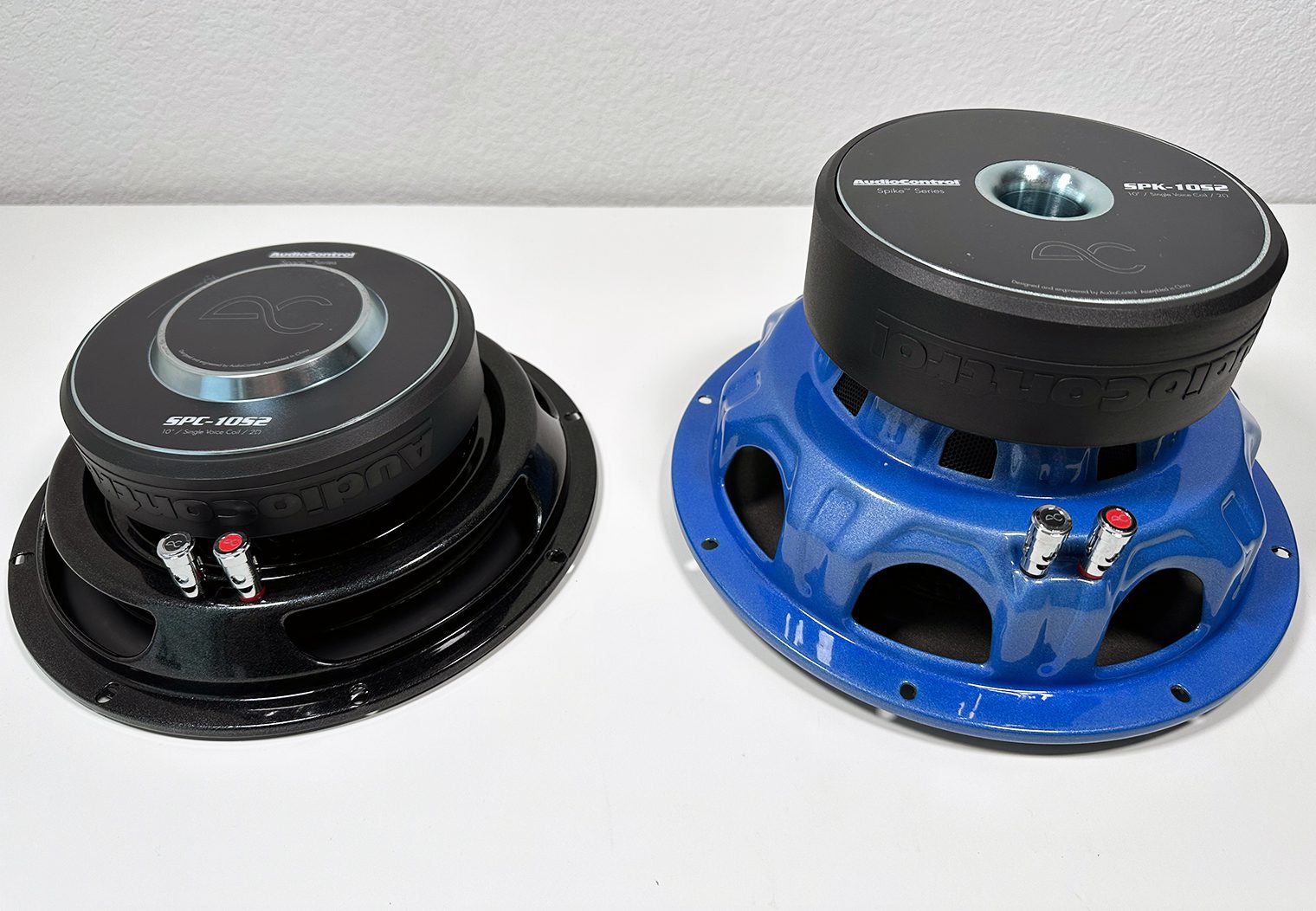
Let's talk a little about excursion though. One of the indicators of a subwoofer's performance is actually the travel distance, aka excursion, aka xmax rating. When I look at shallow subwoofers like the Space series, this is what I'm particularly interested in and how well manufacturers optimized the space and design of their subs. The Spike is a great comparison and benchmark to compare their shallow Space series against!
So the 10″ Spike has a mounting depth of 135mm (5.32in), while the 10″ Space series has a mounting depth of 89mm (3.5in). Both are pretty competitive with other mainstream subwoofers. For comparison, the JL Audio 10TW1 is a relatively close comparison to the SPK-10S2 with a 117mm (4.6in) depth. The JL Audio 10TW3 is a competitive shallow subwoofer to the SPC-10S2 and measure in at only 1/4in more shallow with a 83mm (3.25in) mounting depth. So pretty comparable – not too much else to note here
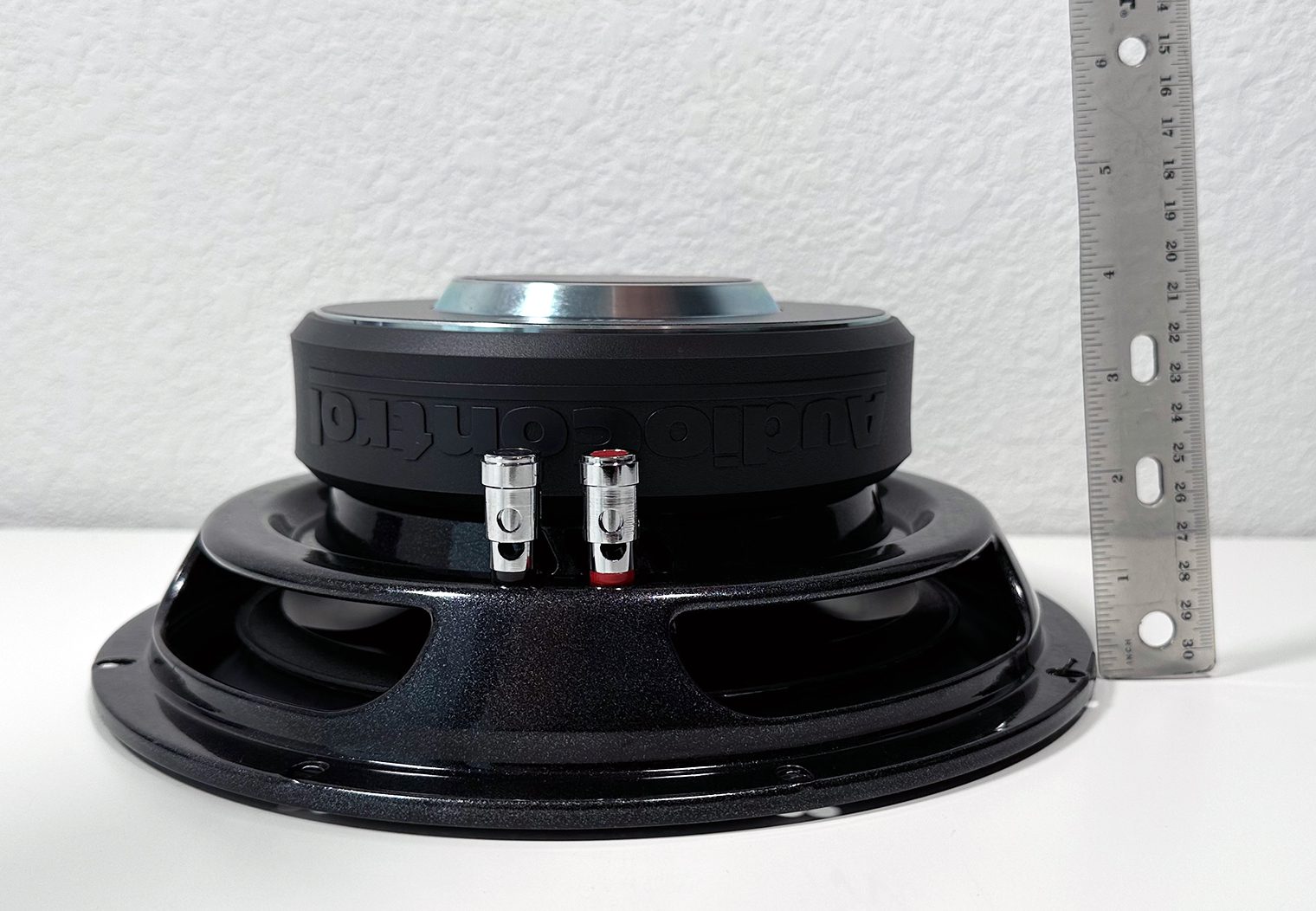
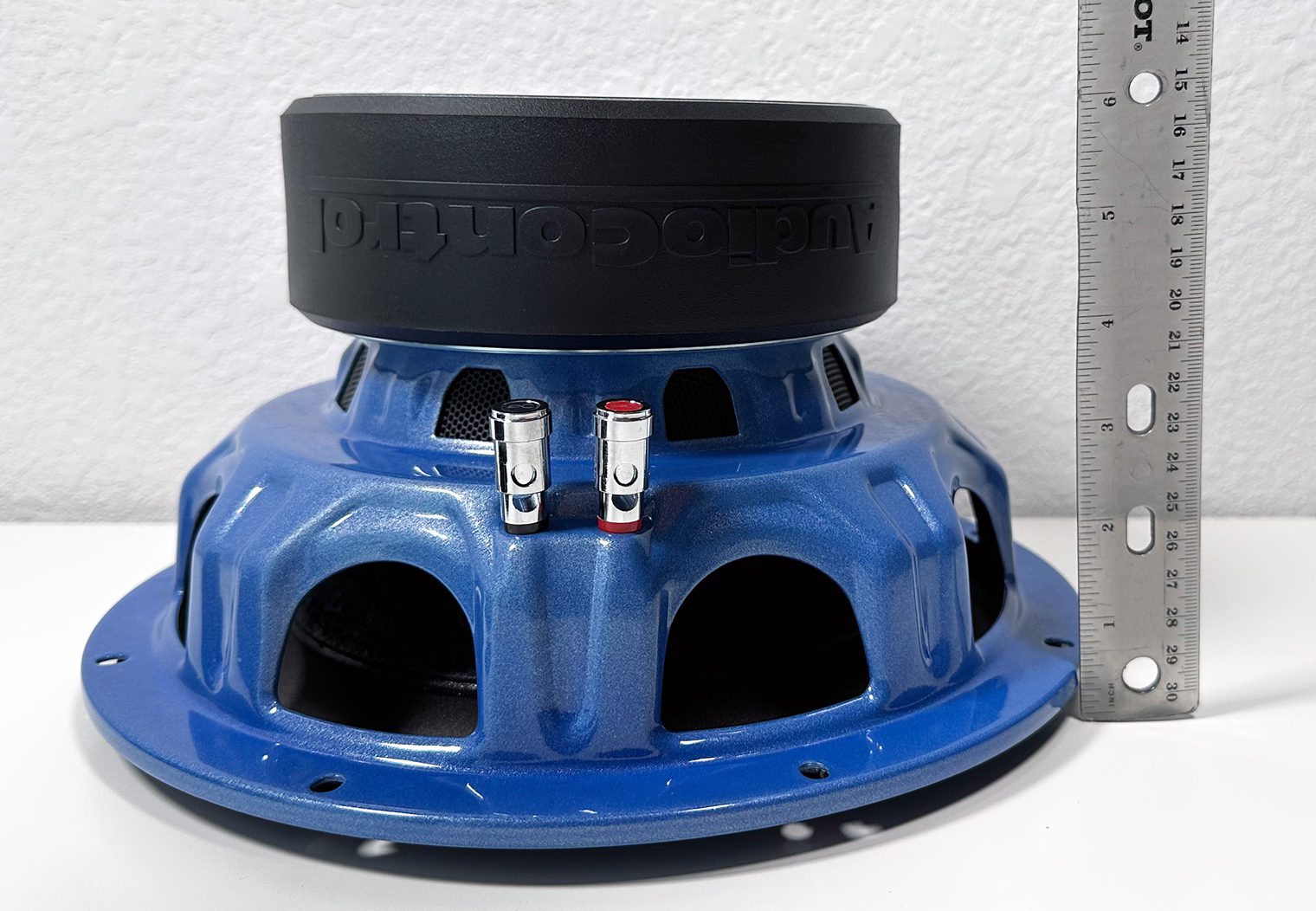
Now, circling back to excursion, the question now is how much does the shallow design impact the excursion and xmax rating? The Spike series subs have an xmax of 14mm, while the Space series has an xmax rating of 8.5mm. What I like to look at is how much of an impact the mounting depth savings had on excursion.
The Space series mounting depth is 46mm shallower than the Spike series is, or 34% shallower. The Space series also lost 5.5mm of excursion, or 32% xmax loss as a result of the shallow design. So it's a little less than a 1:1 ratio loss between depth and excursion which is good.
Now, this isn't necessarily an accurate way to gauge excursion for a shallow sub but I like to use this as an indicator to see how well comparable component and shallow design subs measure up against each other.
Wrapping Up
I was excited to open up and see AudioControl's first go at a subwoofer. I was impressed that they launched both a shallow and traditional component subwoofer at the same time – and multiple sizes as well. The specs on these are pretty competitive with mid to mid-high performance subs on the market and they can handle a solid amount of RMS power.
I thought the voice coil design was an innovative way to help prevent thermal failure without over-engineering the chassis and motor of the subwoofer – only time and volume'll tell there, I have yet to hook these two up to power. The shallow design was also pretty competitive with most other shallow subs on the market – particularly the 3.5″ mounting depth. It seems like you can't be competitive with a mounting depth over 3.75″ these days so this was great to see.
The grille design is a bit standard for my taste but absolutely functional and I thought AudioControl used a very simple removal design for anyone who wanted to mount the subs to showcase the cones with or without the grille.
All in all, both offer a great, powerful choice for an addition or OEM subwoofer upgrade! Stay tuned for a followup when I put these into an enclosure and listen to them first hand!
